It was a busy year for the Write Software, Well blog.
I started the year with the goal of learning and understanding one Ruby/Rails topic every day and write a detailed blog post every week. Happy to say that I well exceeded my humble goal of 52 posts. I wrote 84 posts this year.
What's more, no AI was harmed in writing any of the posts. All the content, including each and every word you see on this blog is researched and crafted by yours truly. Nothing against ChatGPT (I love it), but a personal goal for this blog and writing in public was to improve my writing skills, and I feel much more confident in my writing than before.
In addition, more than half a million people read the blog, which is absolutely mind-blowing. The blog has helped me connect with so many amazing Ruby and Rails developers at all levels, all over the world. I also made many friends on LinkedIn as well as Reddit. P.S. Contrary to popular opinion, Reddit is a wonderfully supportive group of people (at least the Ruby and Rails subreddits!).
However, the real, intangible benefit is that I am a much better Ruby and Rails developer than I was at the beginning of this year. I've always made it pretty clear that this blog is a very selfish endeavor, to become a better developer (and a writer) by trying to explain the concepts in simple words, for the future me. If others find these posts helpful, relevant, or interesting, that's just the icing on the cake.
That said, I really hope you (the subscribers and readers of this blog) learned something new from my writing and can say the same.
I was also surprised by just how big the Ruby and Rails community is and just how many websites and web applications use Ruby and Rails. This was a big revelation I had after writing and maintaining a Ruby and Rails-focused blog for the past two years, and talking to hundreds (if not thousands) of developers across Reddit, LinkedIn, and Email.
If you are on part of Twitter development circles (I am not on Twitter, neither on Mastodon nor Threads - I found my bliss on Reddit and LinkedIn), it's very hard to tell what's real, especially in web development. Certain things are amplified that do not represent reality. All you see is JavaScript, JavaScript, JavaScript. It gives a (mis-guided) impression that everyone's building React front-ends calling GraphQL APIs on Firebase, powered by Next.js/Astro/Remix/Svelte, hosted on Vercel.
The reality couldn't be more different.
I know deep down in my guts the reality is 99.9% of web applications are not that (that number is totally made up btw, to make the point). For most real-world companies and applications that earn real money and aren't just demo SPA projects, full-stack frameworks like Rails (Ruby), Laravel (PHP), ASP.NET (C#), or even good old Java using a MySQL or PostgreSQL database is what powers their tech stack.
So if you're a Ruby, PHP, Python, C#, or Java developer, please don't feel like you have to jump the ship to the server-rendered, React-powered, VC-fuelled JavaScript land. The grass is actually greener here, in the beautiful Ruby and Rails world. There's also much less competition, and the communities are really, really friendly, nice and wonderful.
Okay, rant over. I am just happy that I get to write Ruby and Rails in my little corner and will try to spread the joy of Ruby as much as I can.
Back to the annual review: I also announced the pre-release version of my course on Hotwire. The most surprising thing was the number of people who bought the paid version of the course, even if it was completely free. I am truly grateful to you all 🙏, and be assured that you'll have the full access to the finished and polished course, when I'll launch it next year.
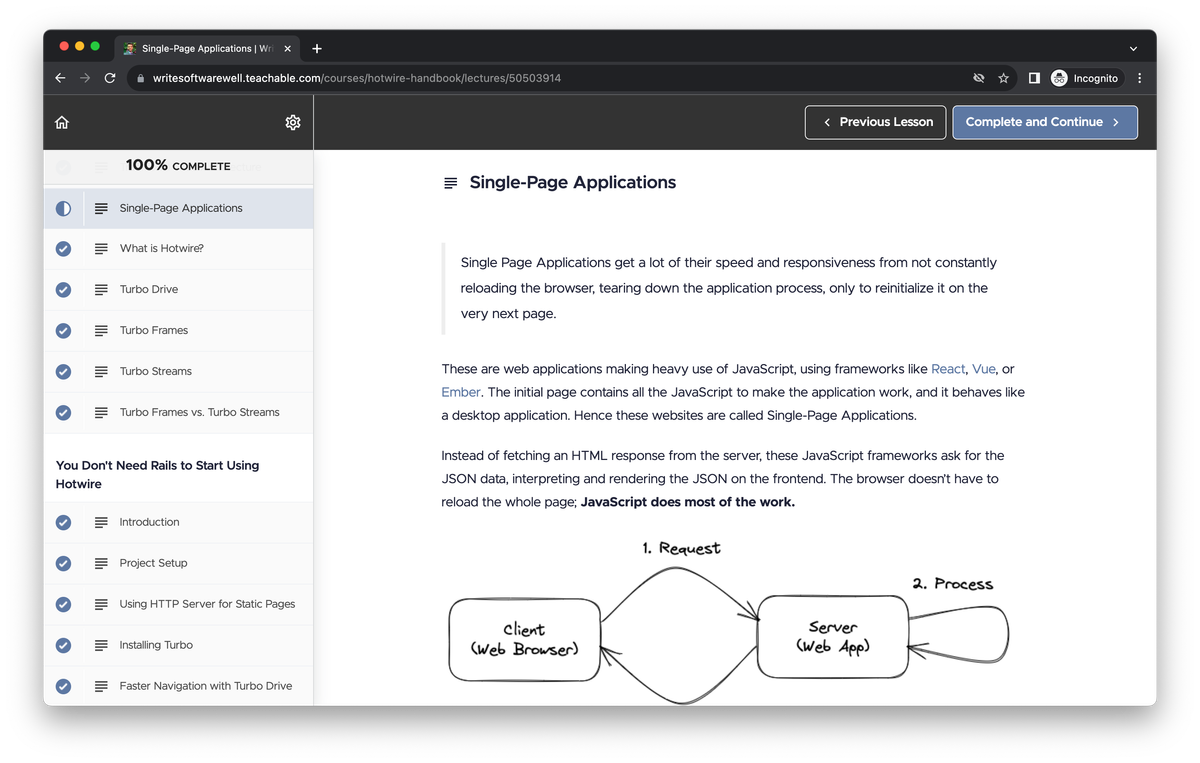
Oh, I also did a major rebranding of the blog! If you are new to Write Software, Well and want to know what this is all about, check out the following post:
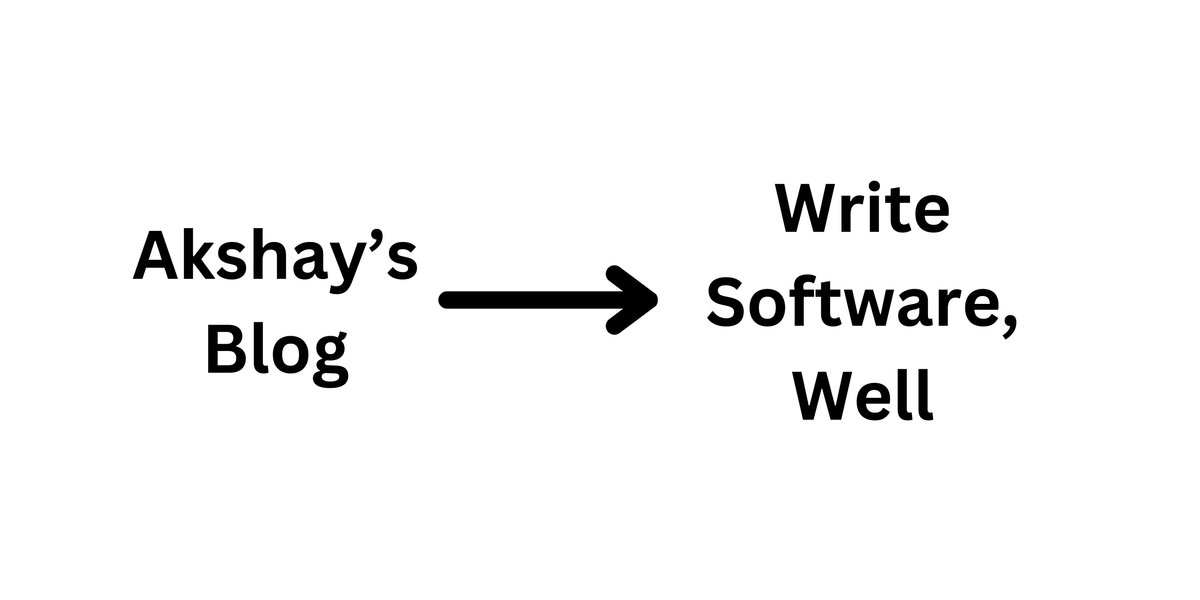
Another highlight was when Matz, creator of Ruby, posted my article on Twitter 🥹
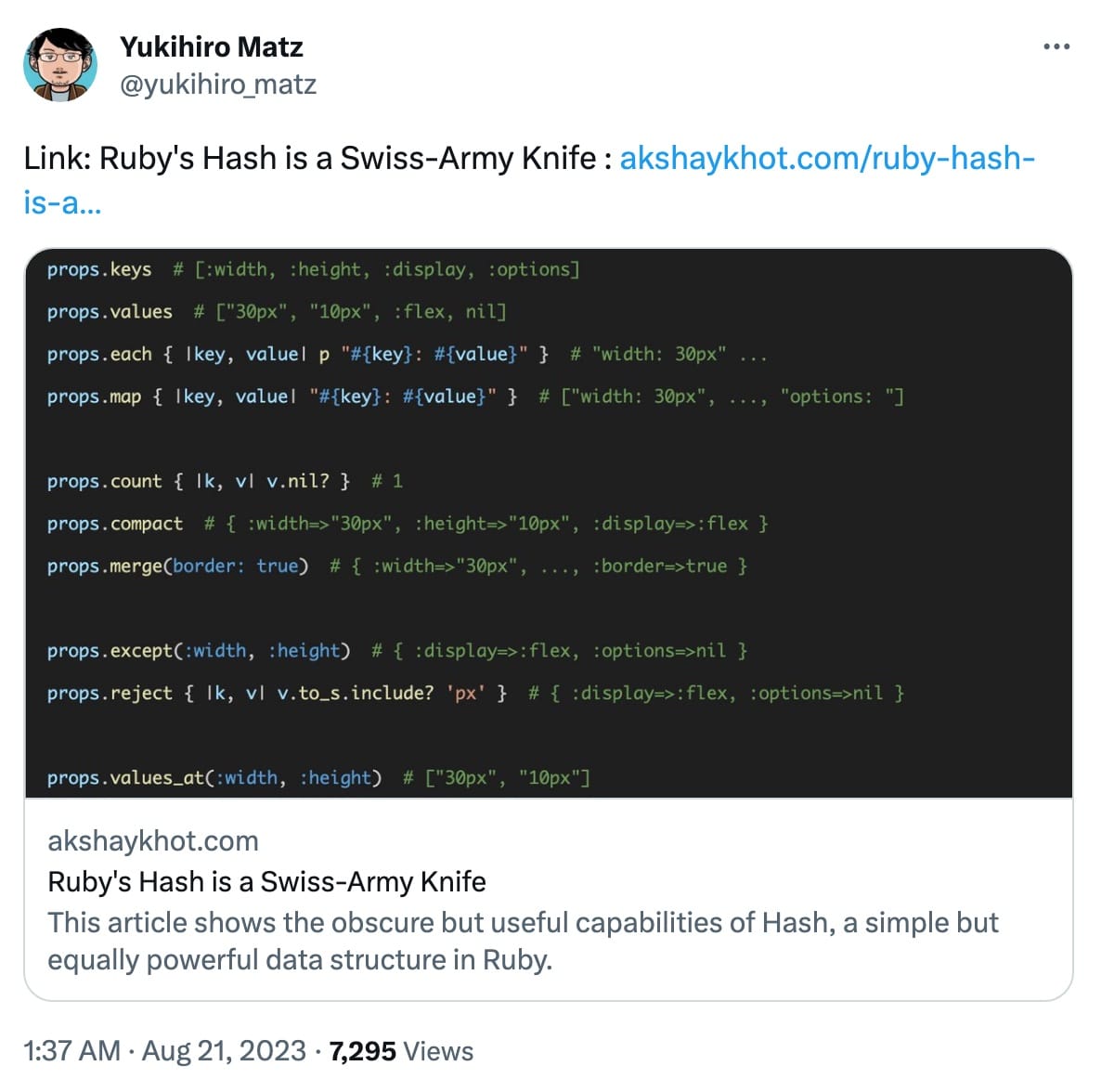
Overall, it's been a fantastic year for Write Software, Well. Hopefully, I will get to write a few more words in 2024, so if you'd like to be the part of the journey to not only learn and master, but enjoy the process of writing Ruby and Rails, I hope you subscribe to the blog.
With that, here is every post I wrote this year.
Enjoy!
Everything I Learned About Ruby and Rails in 2023
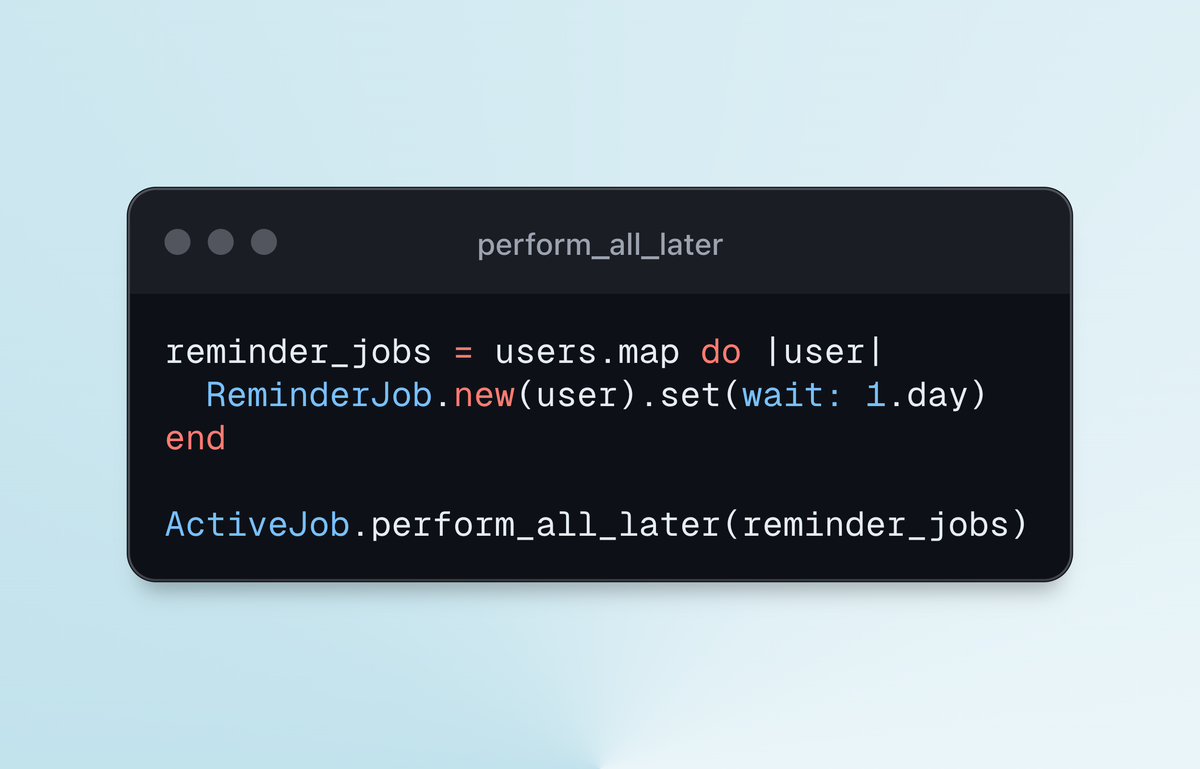
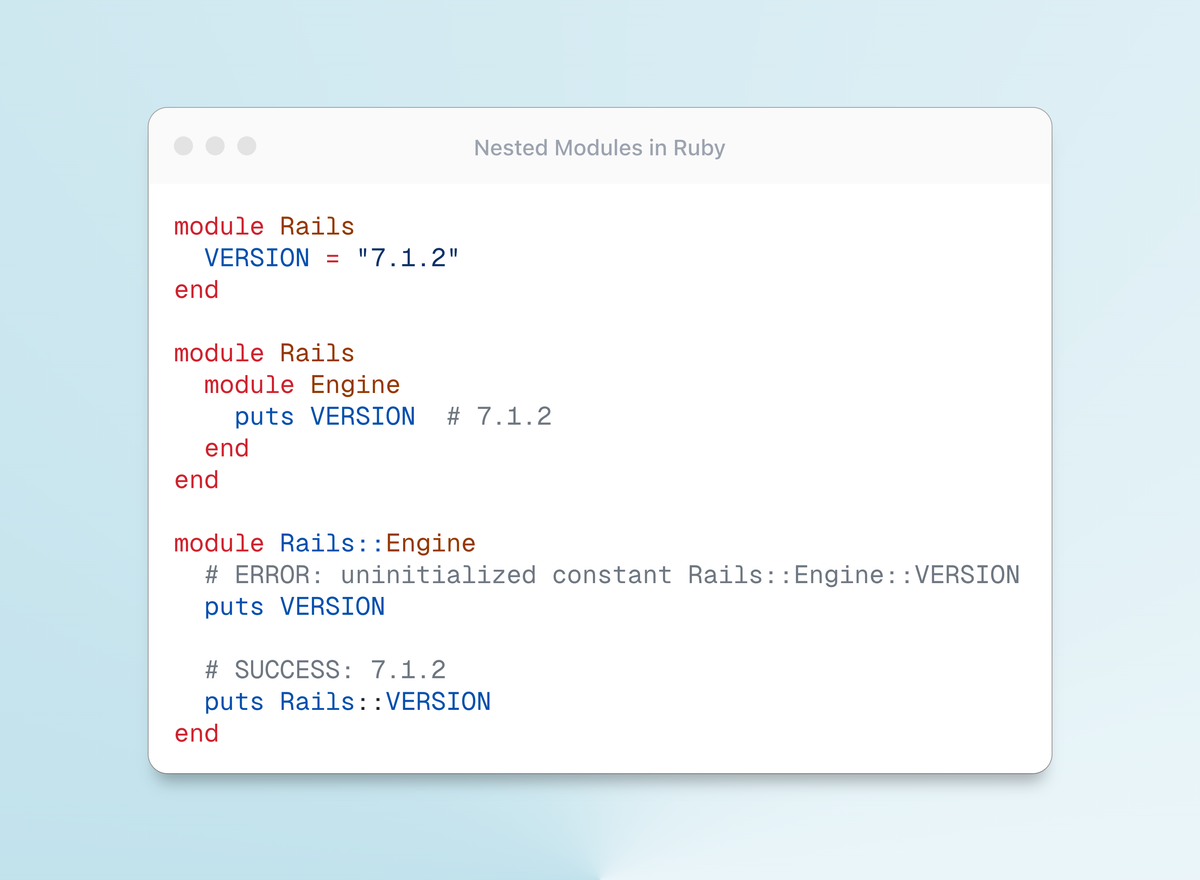

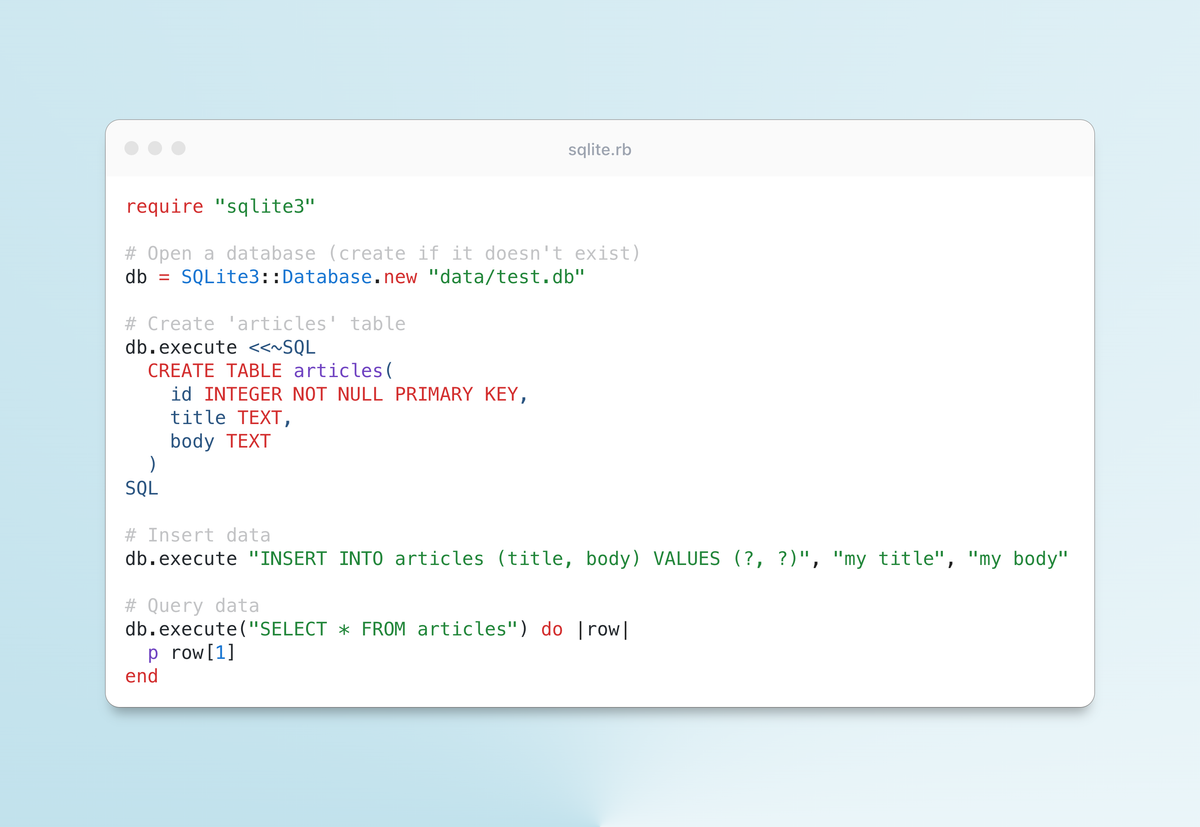
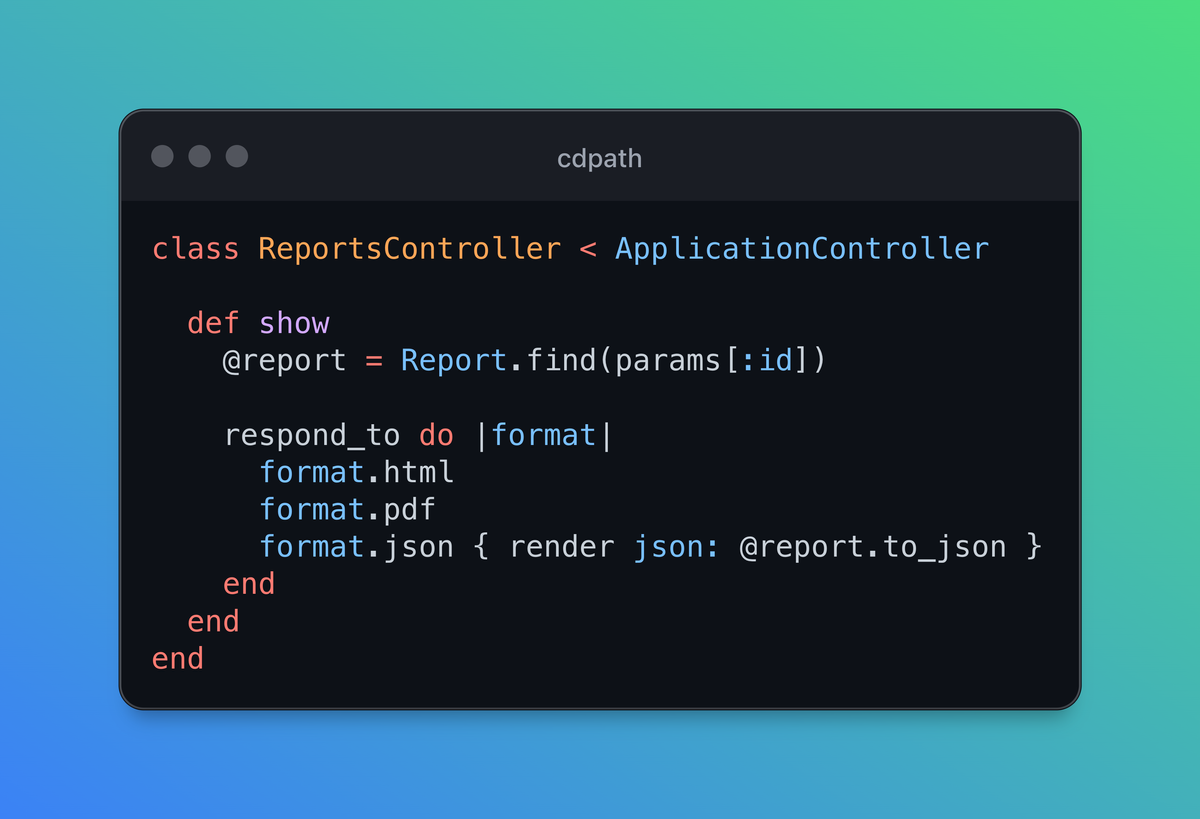
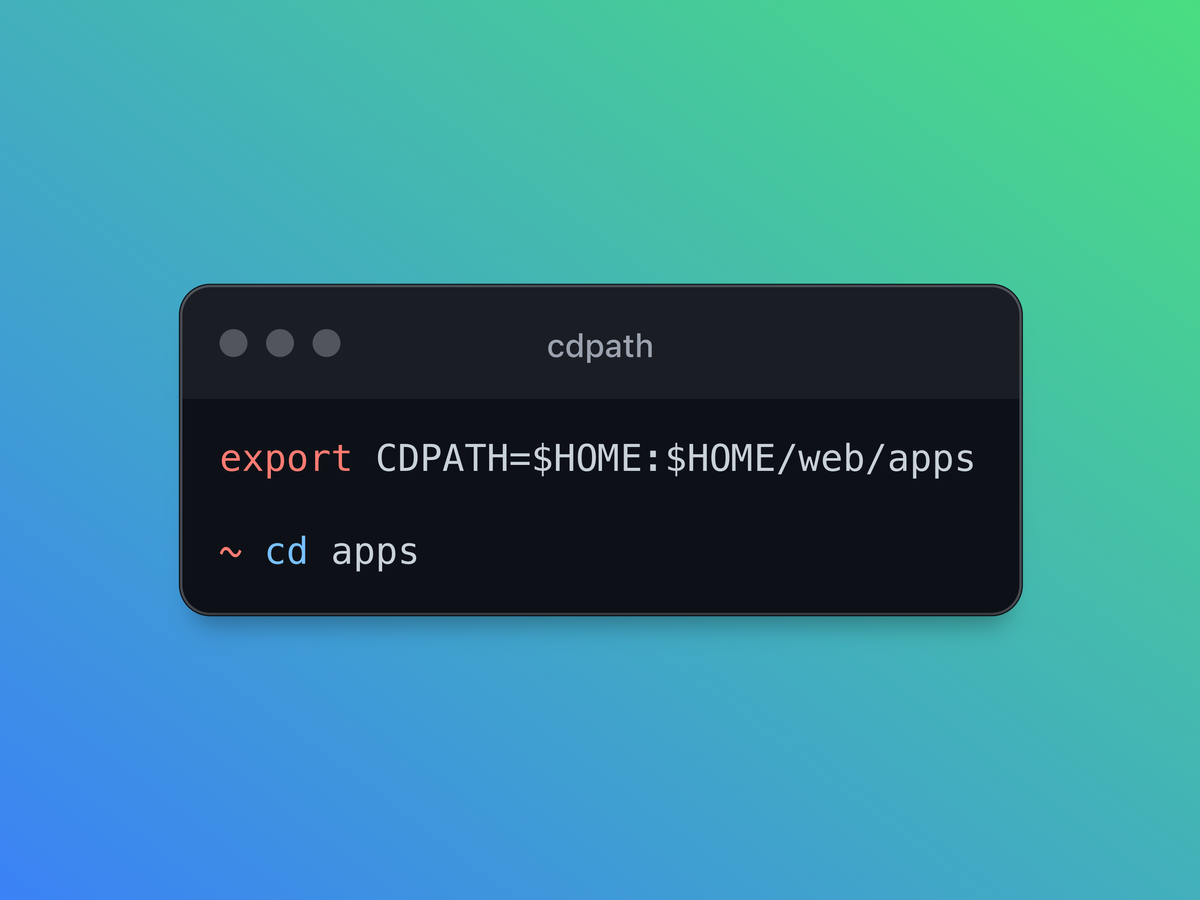


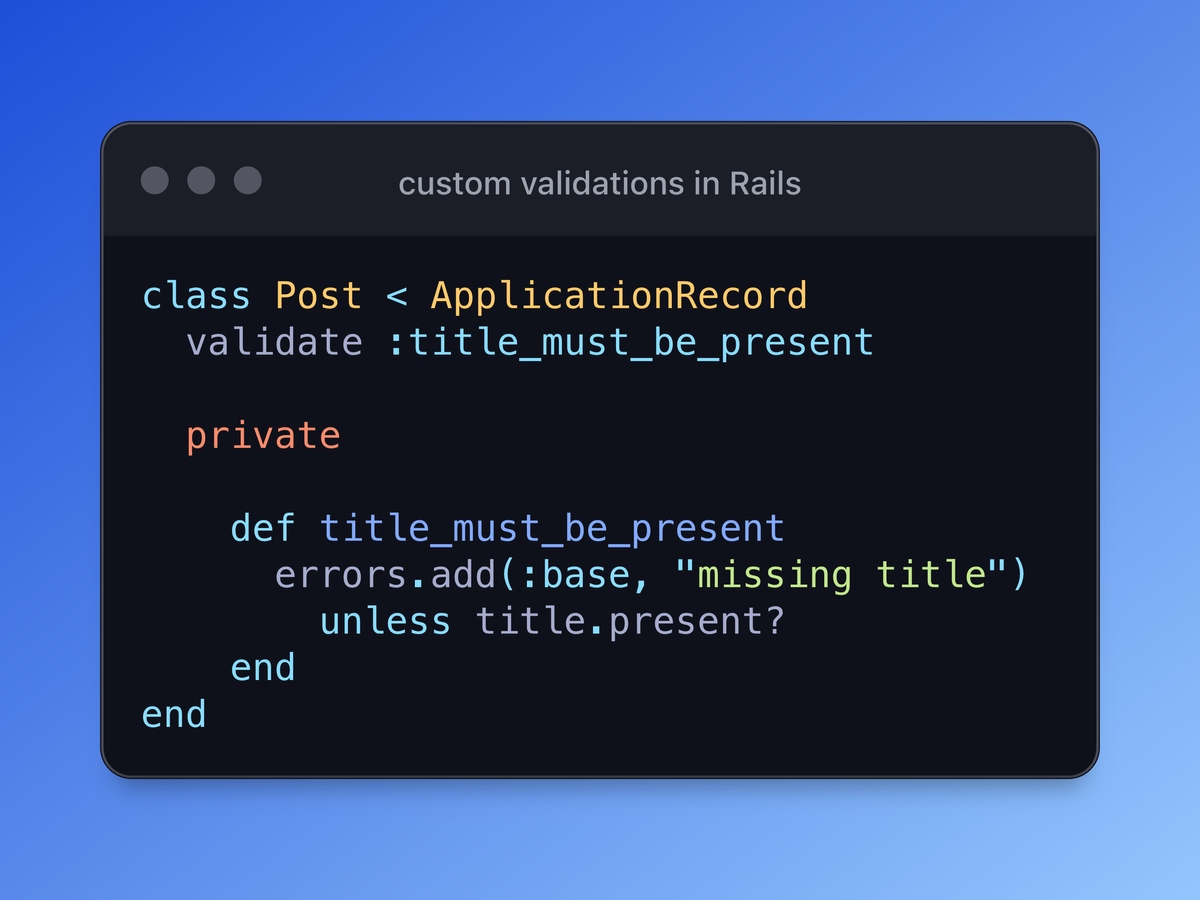
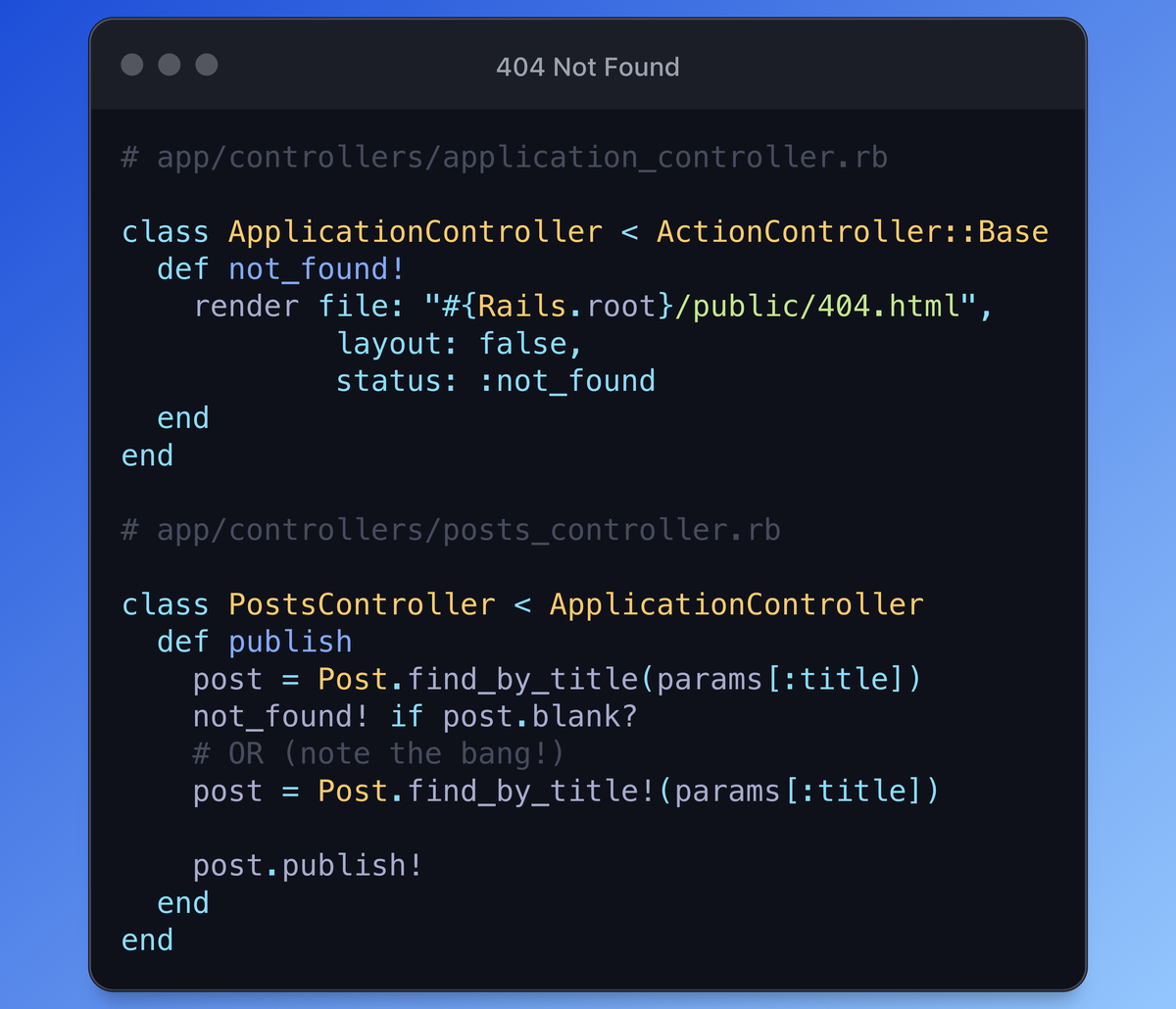


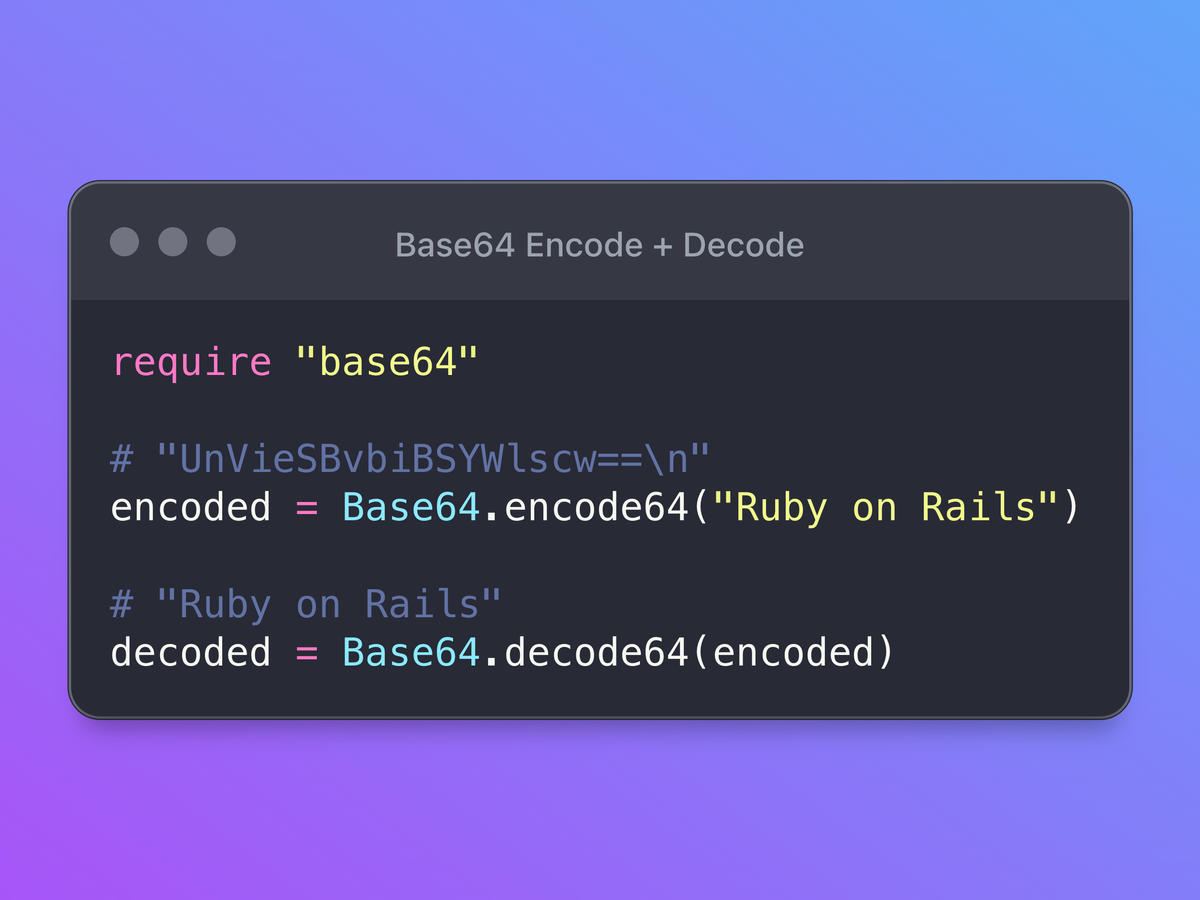
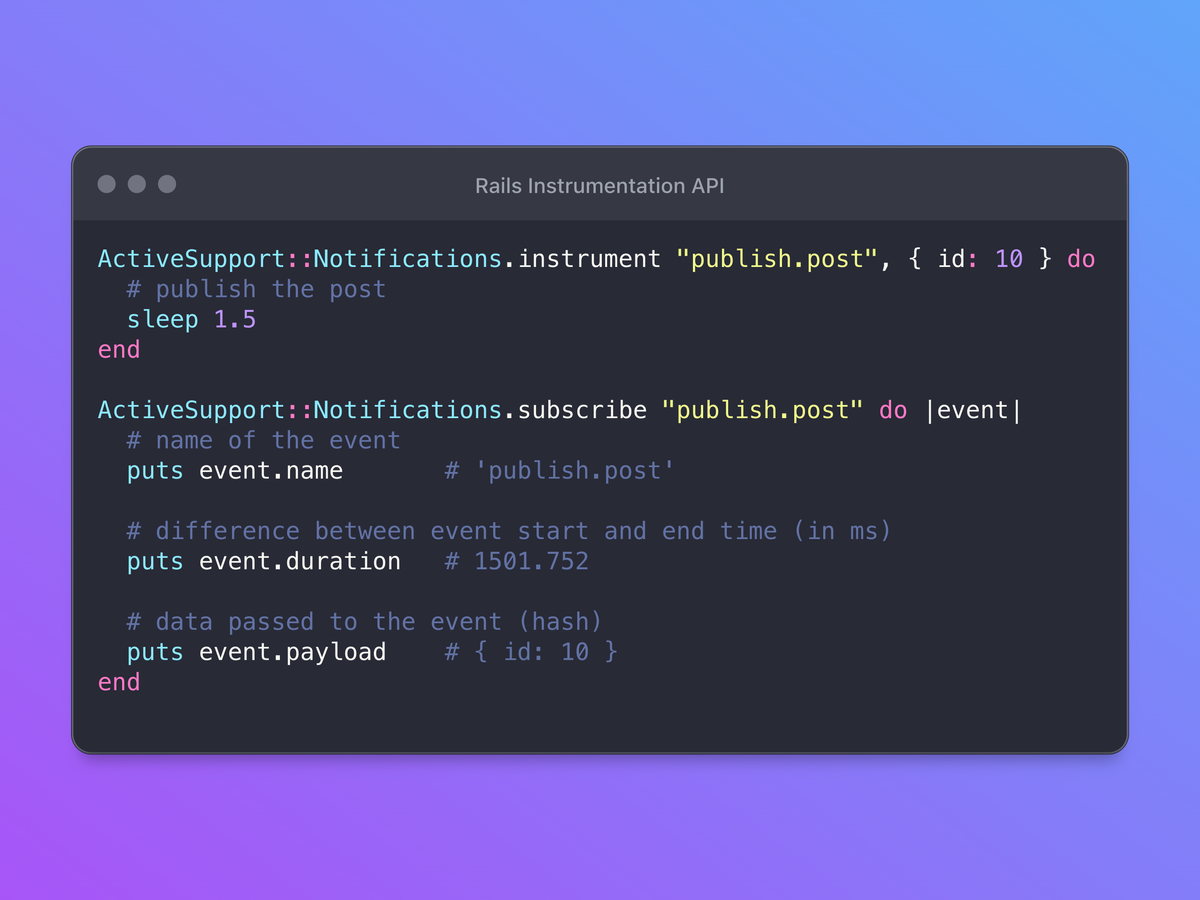
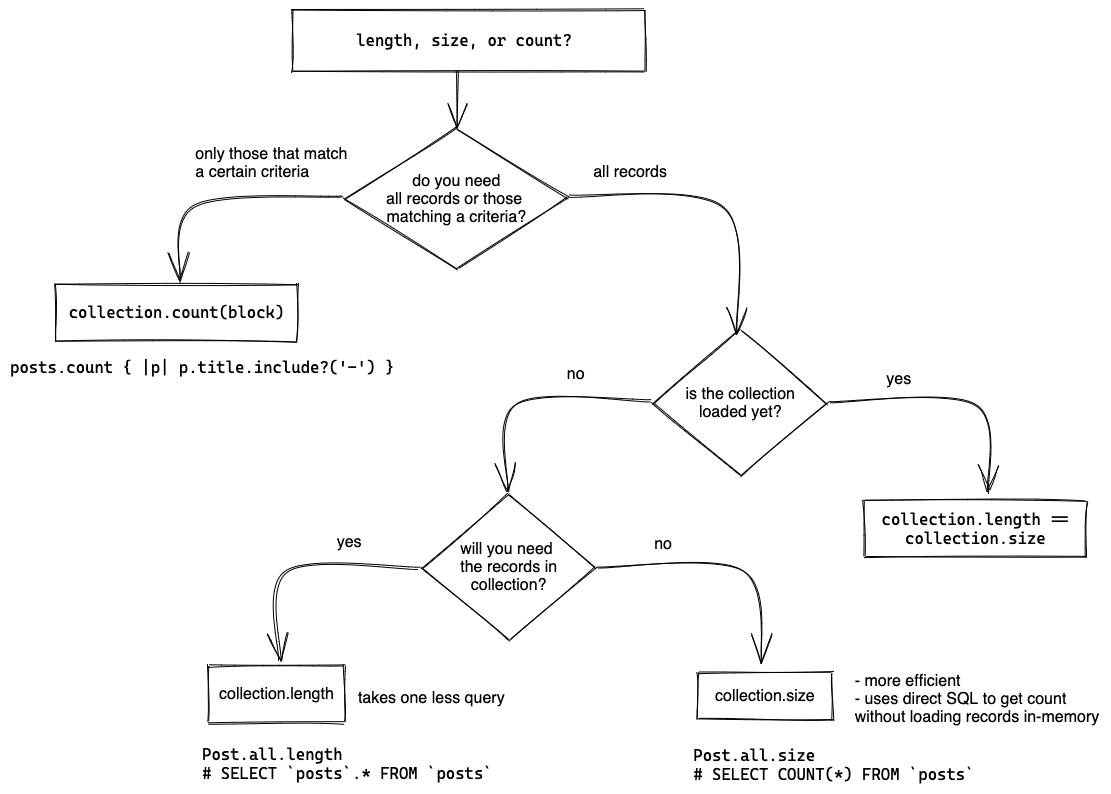



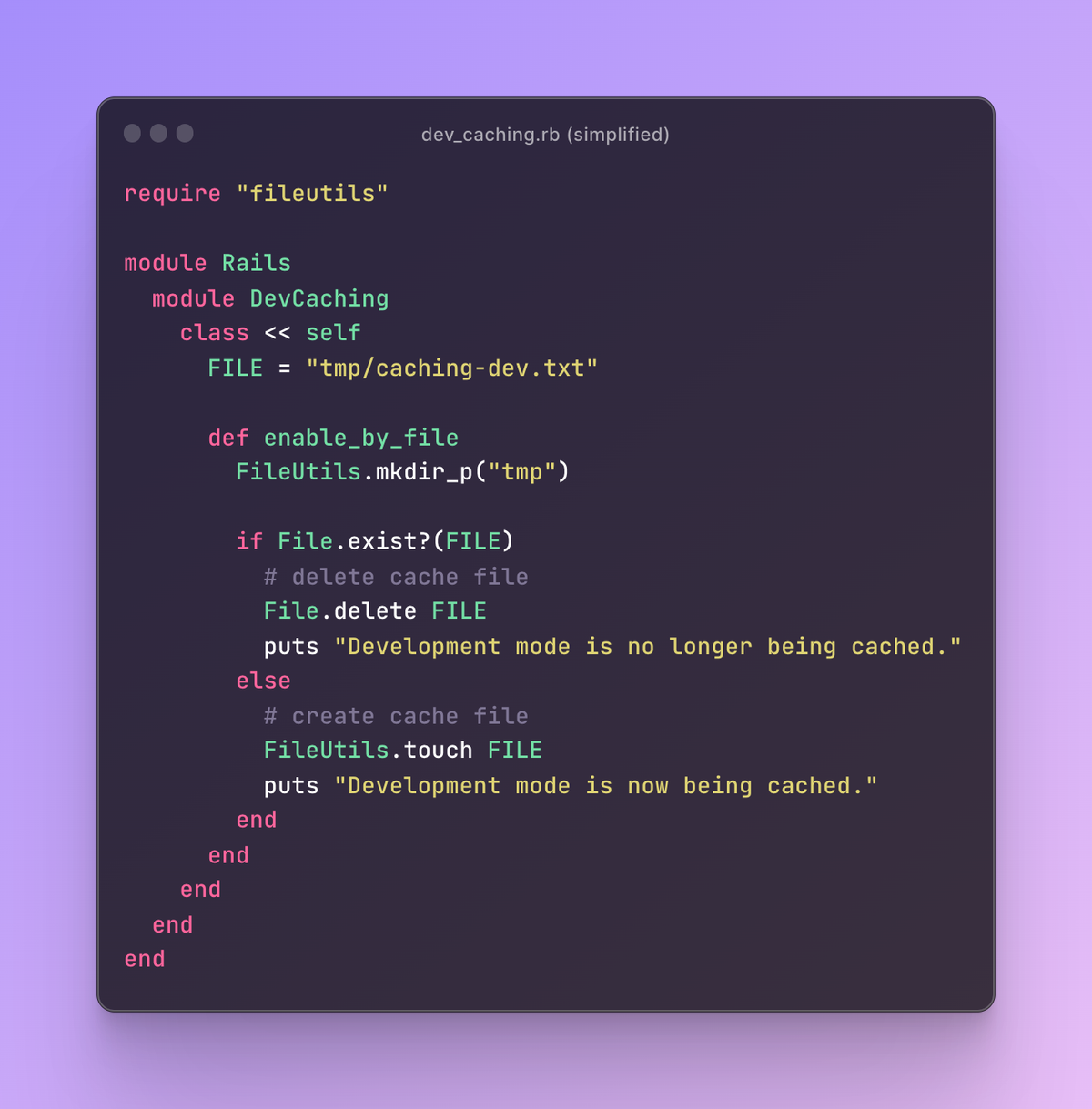
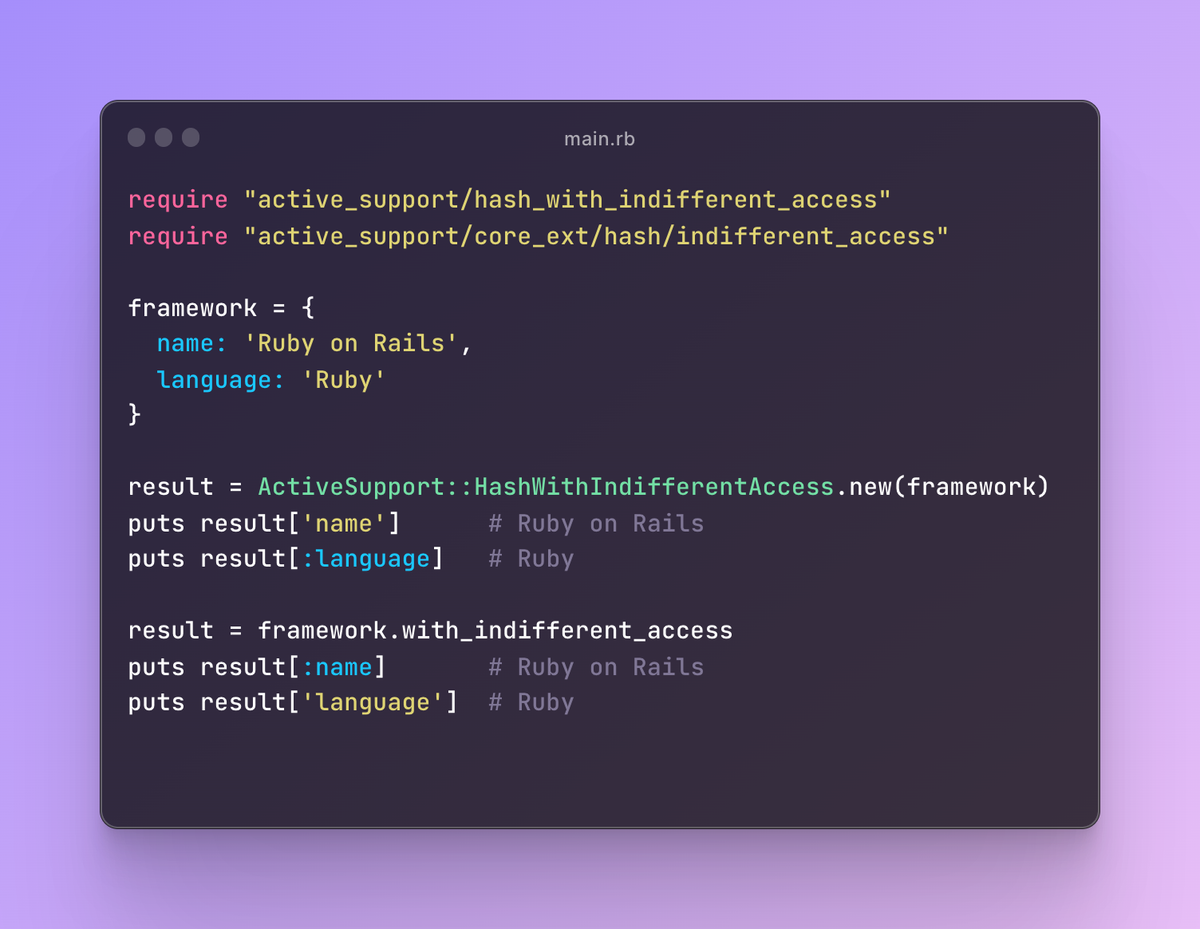
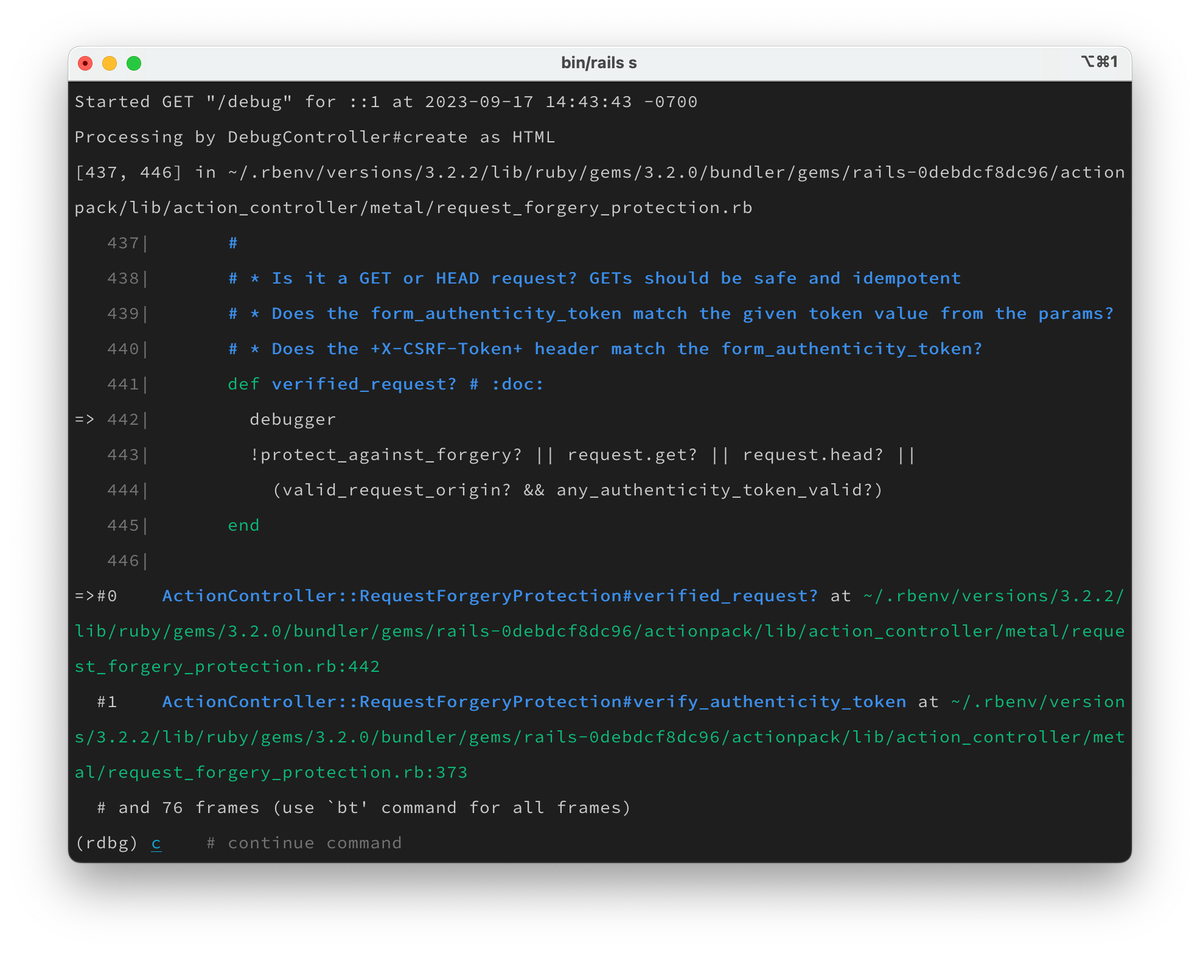

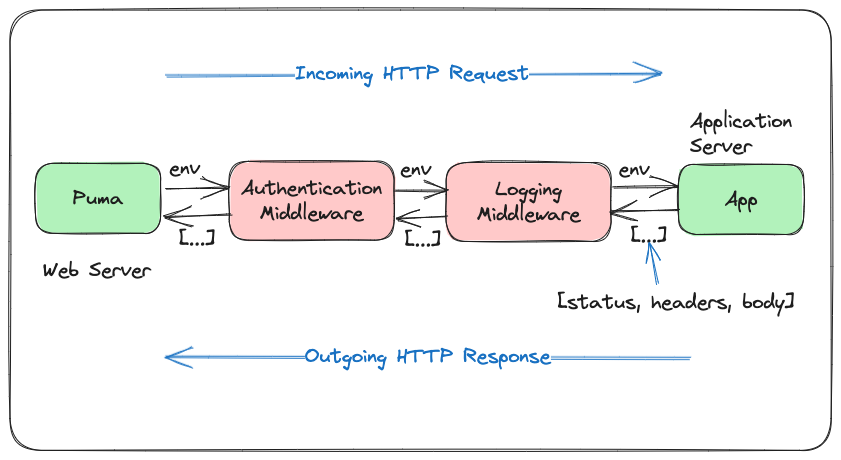

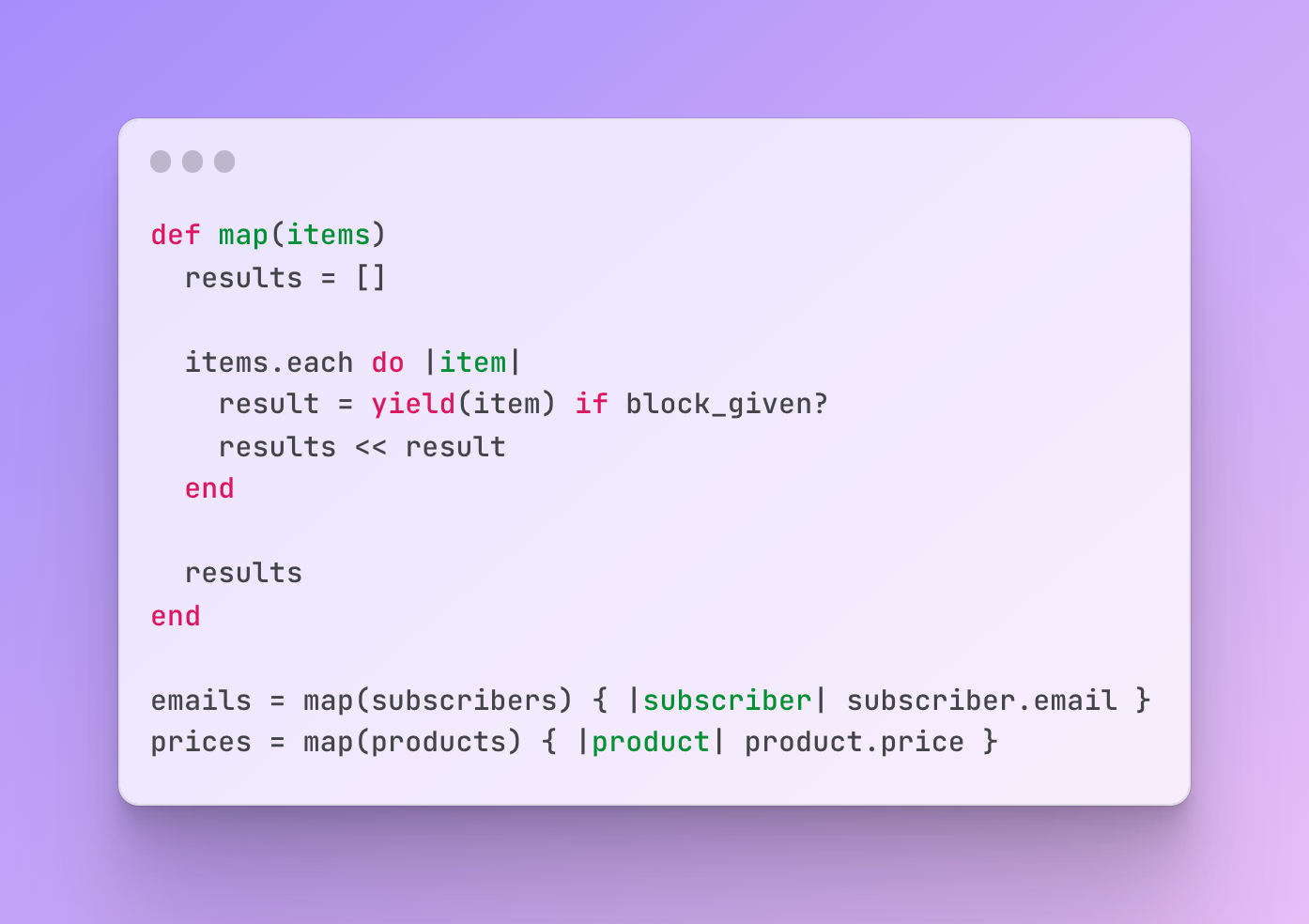
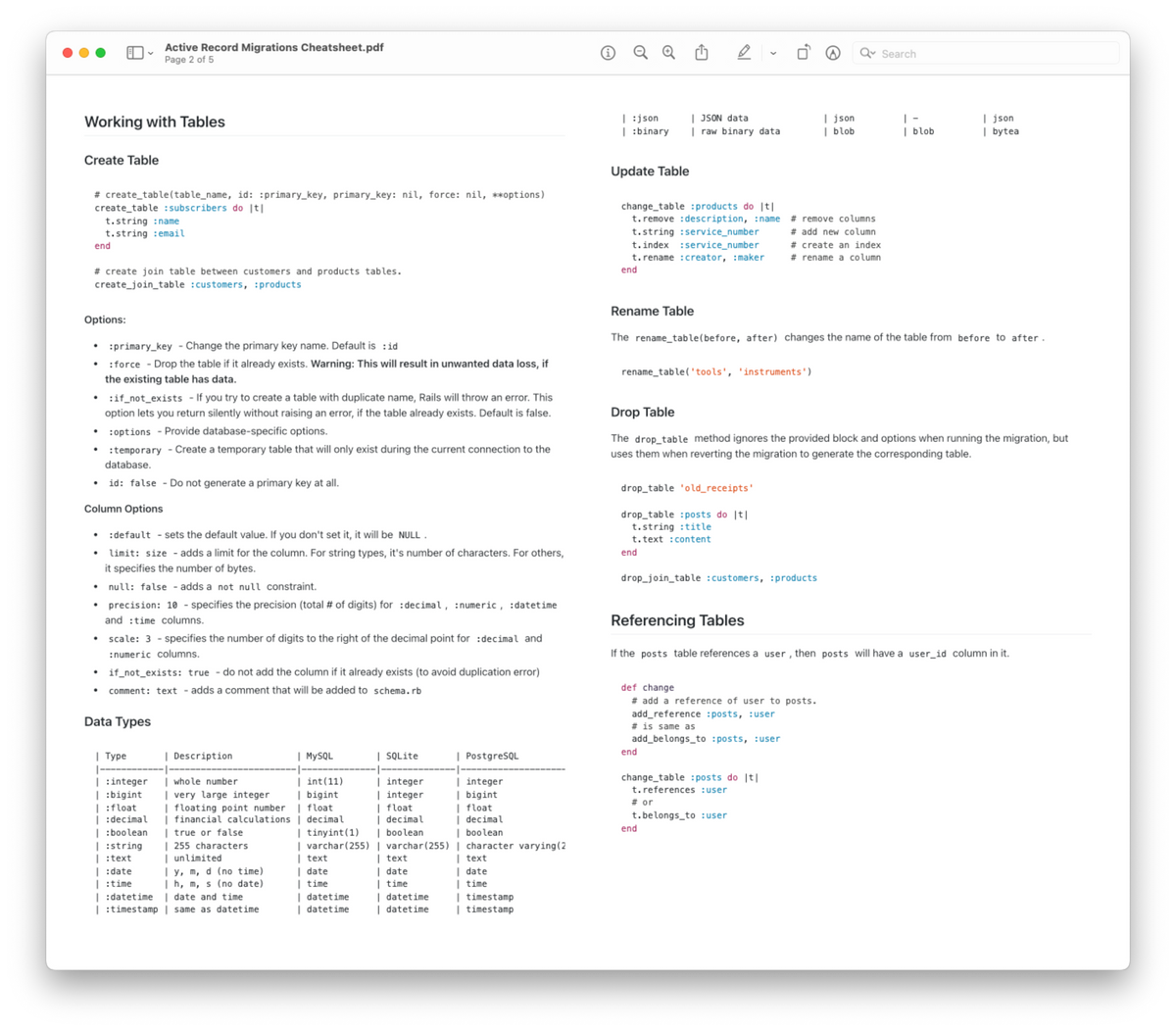
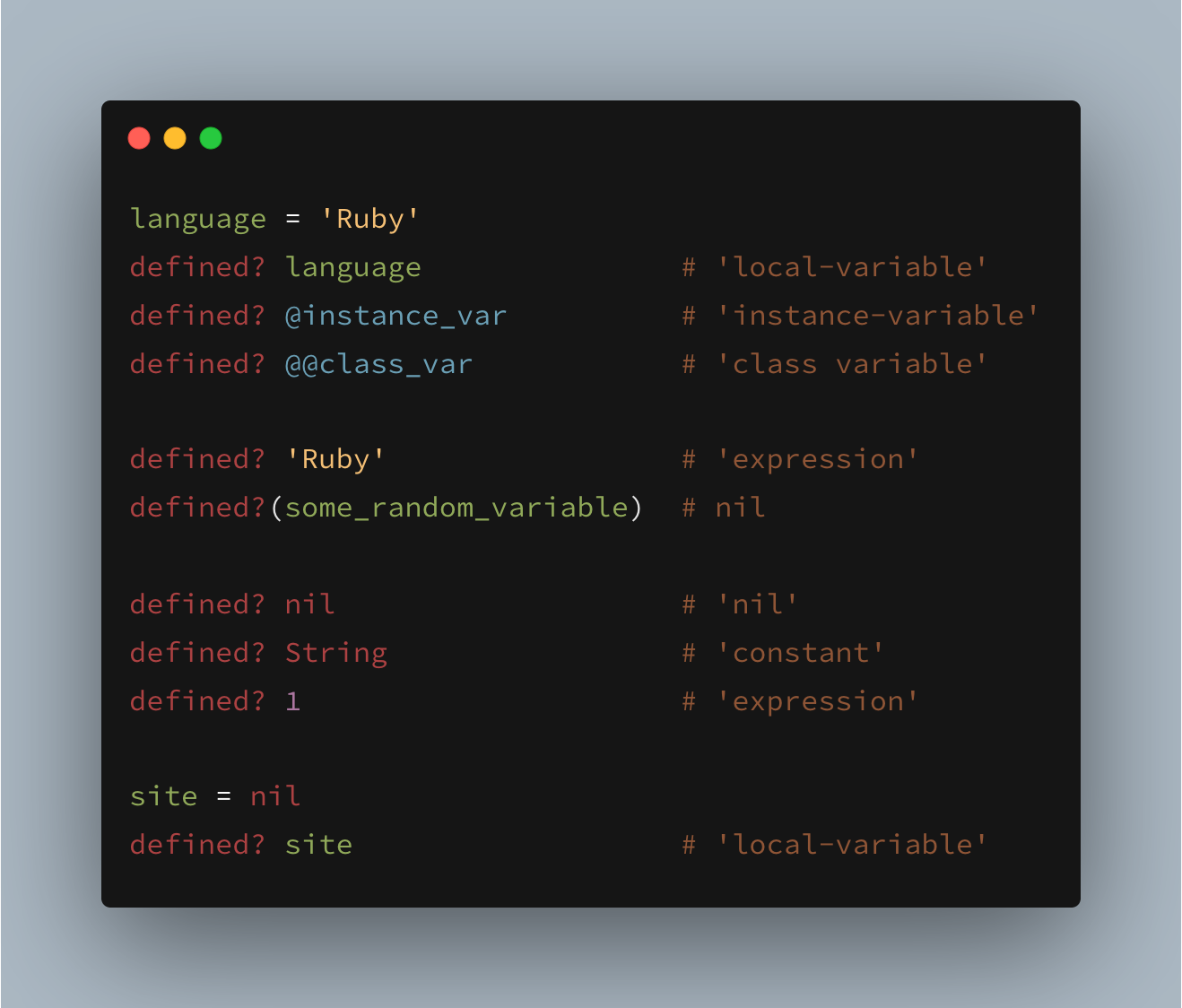
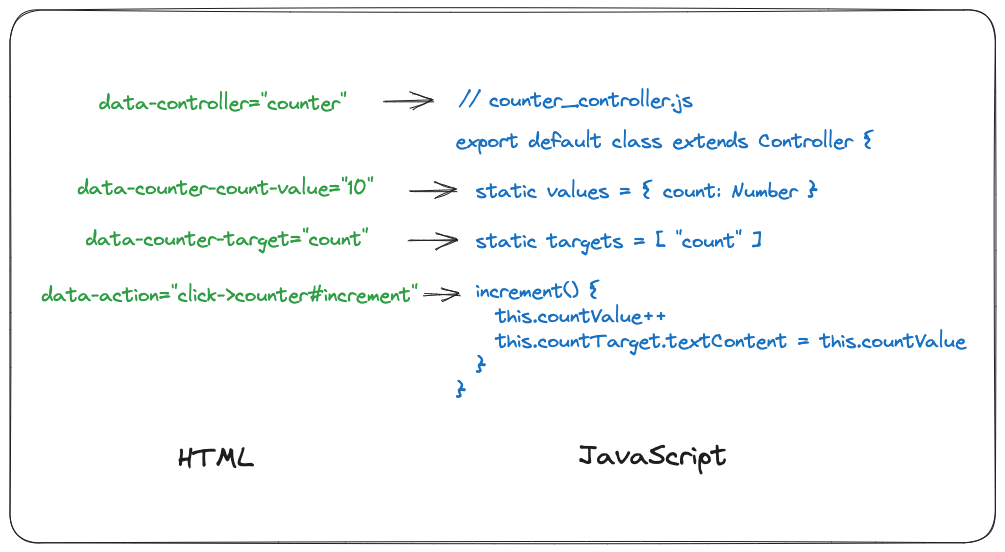
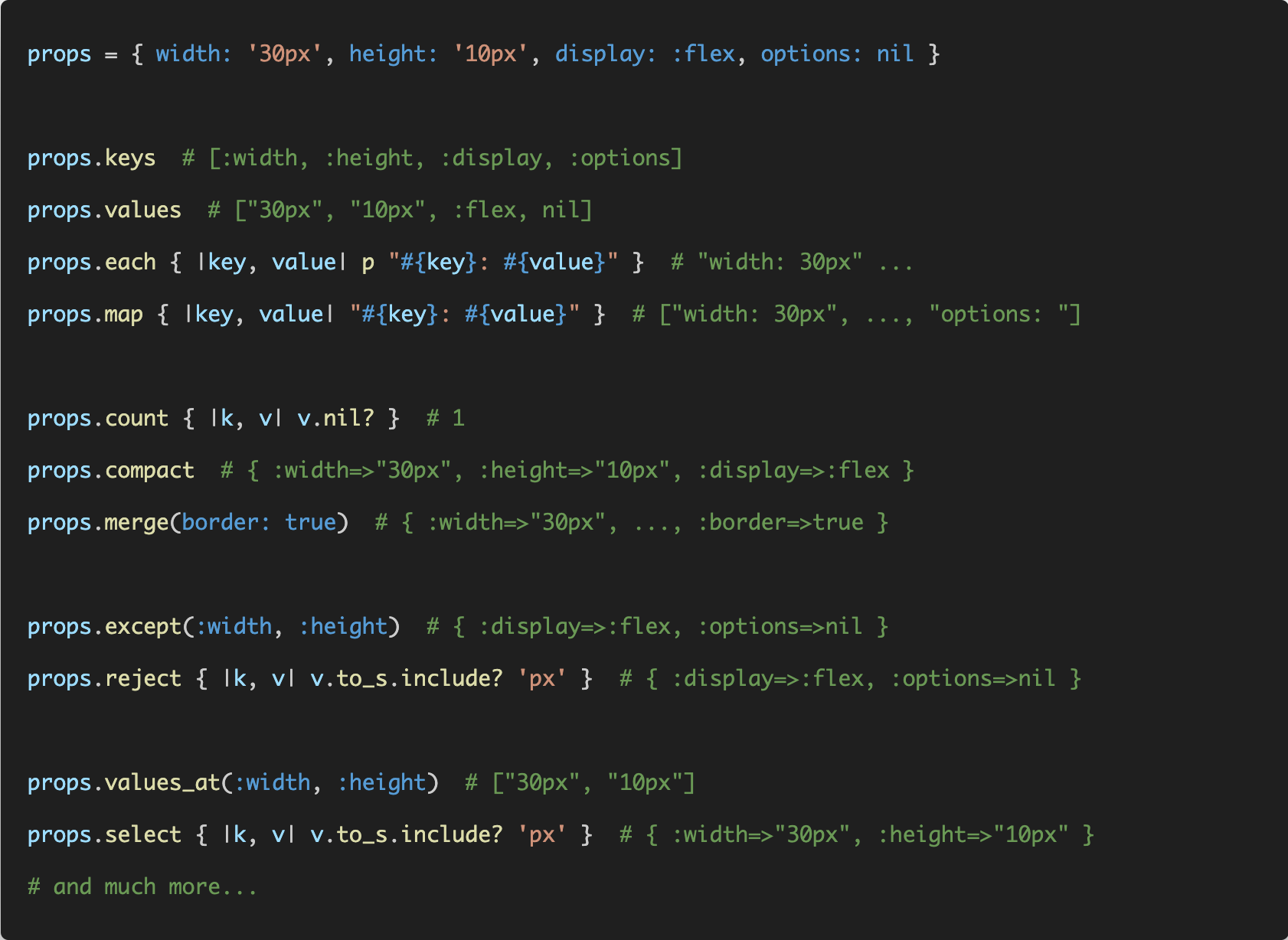
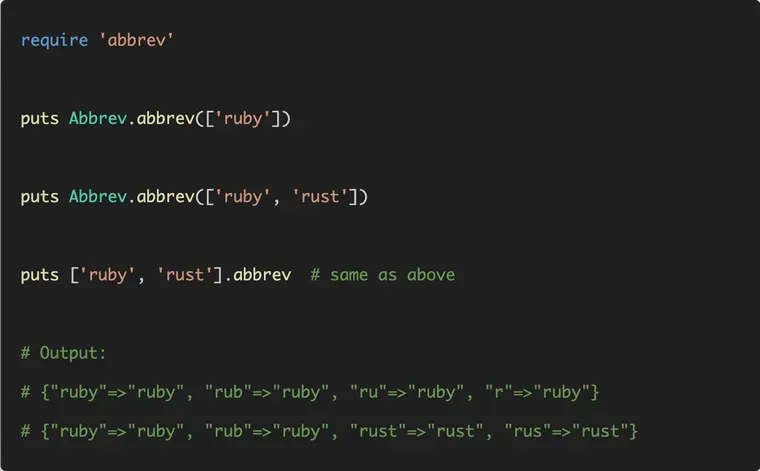

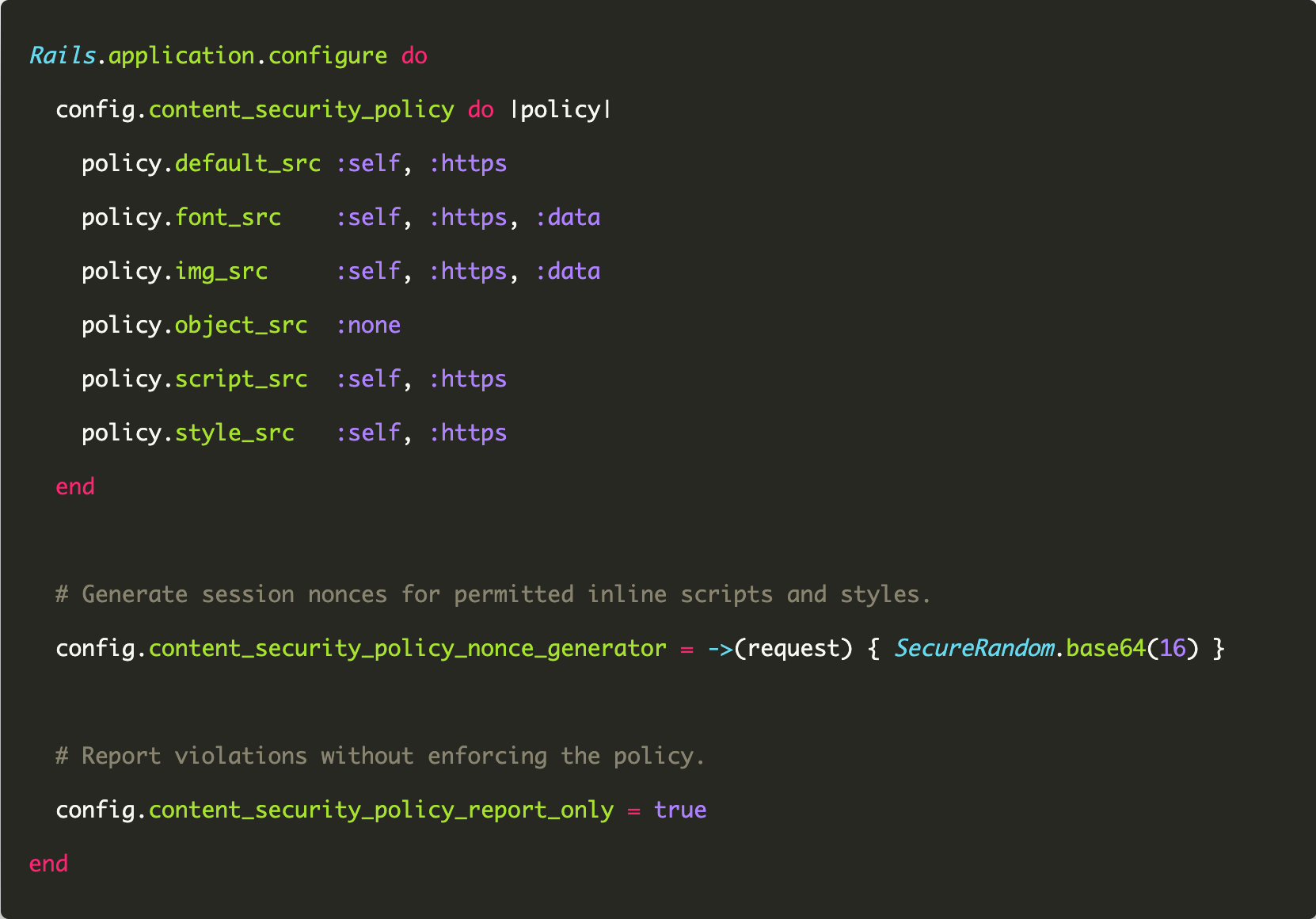
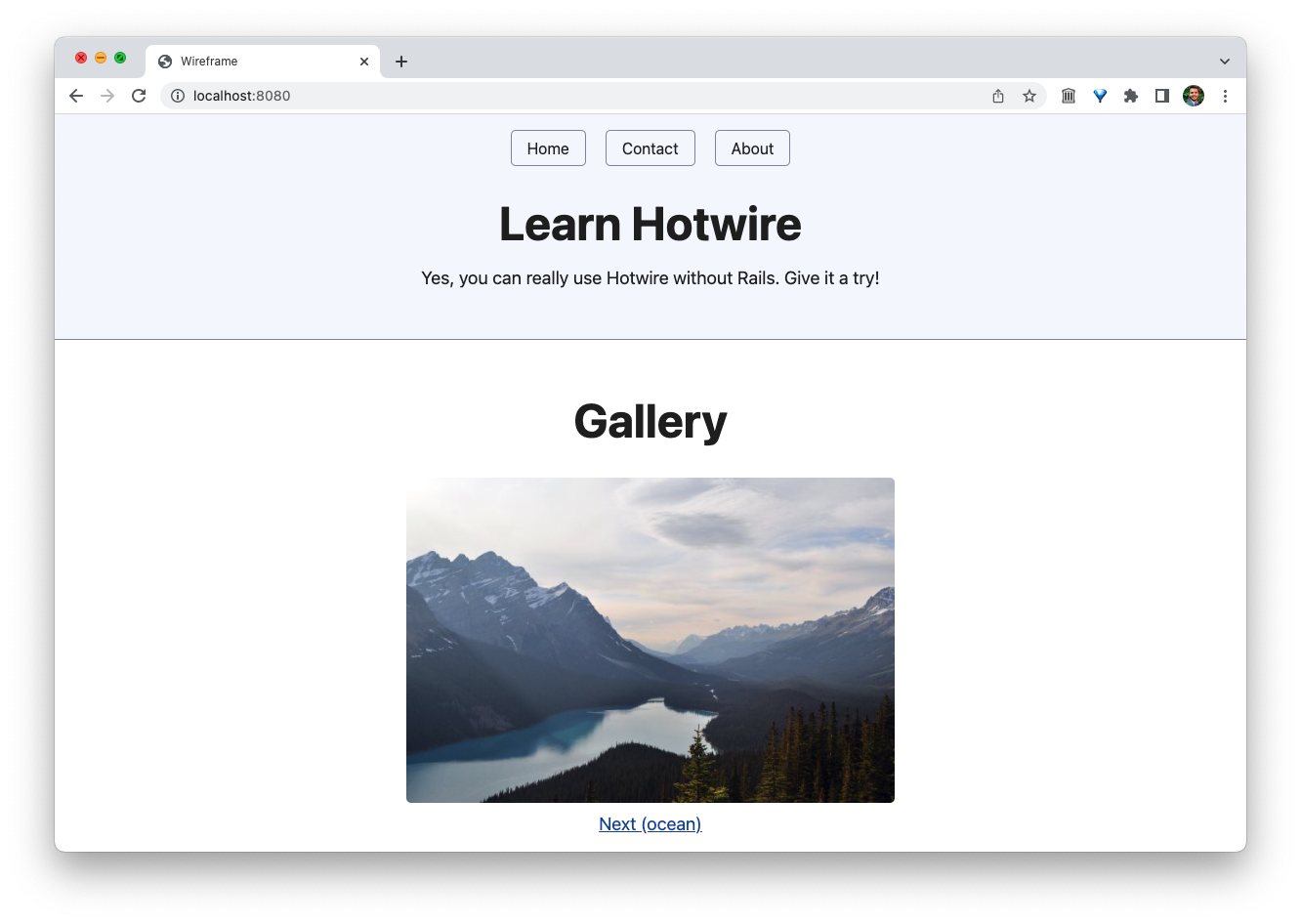
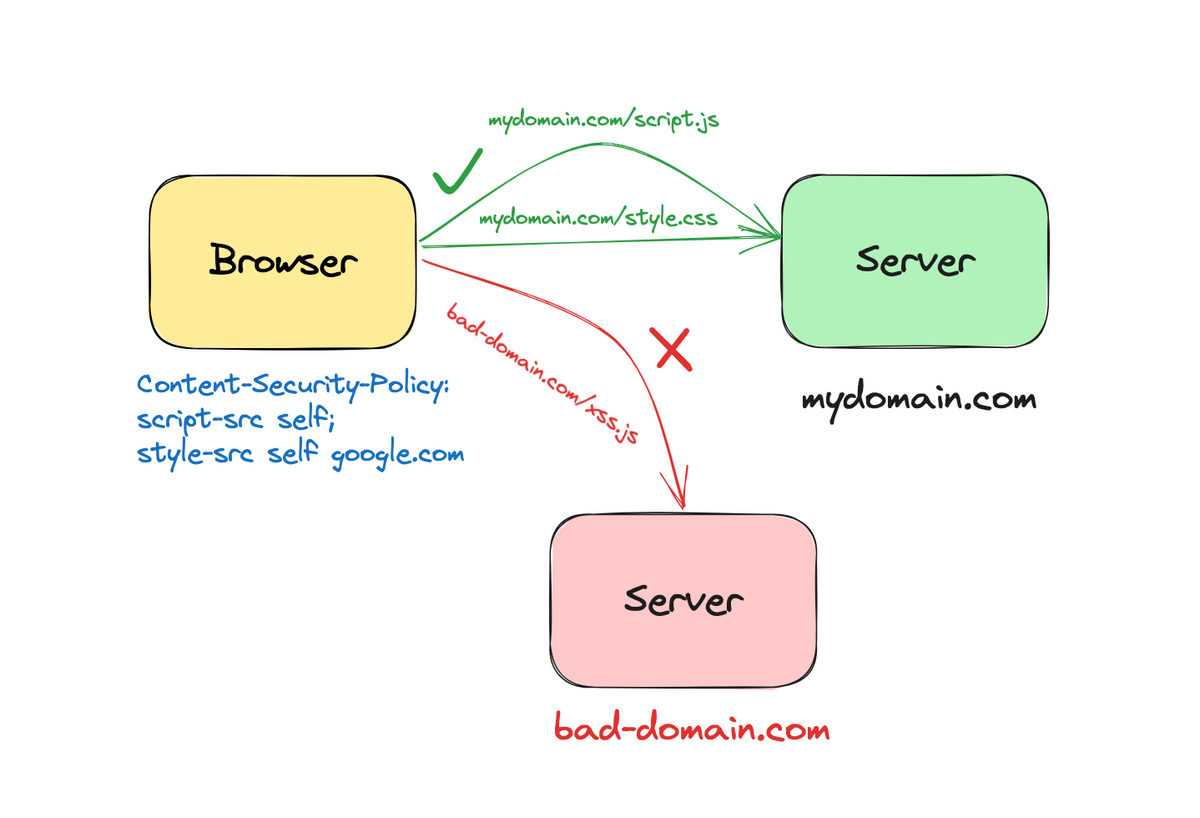
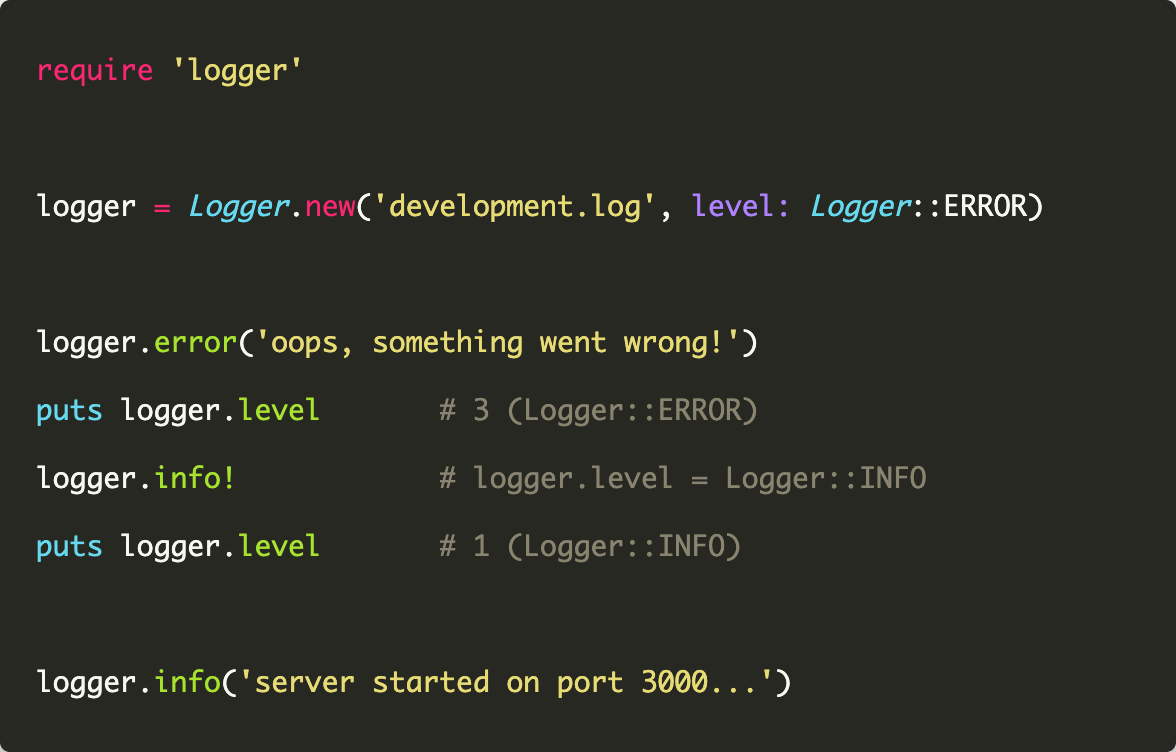
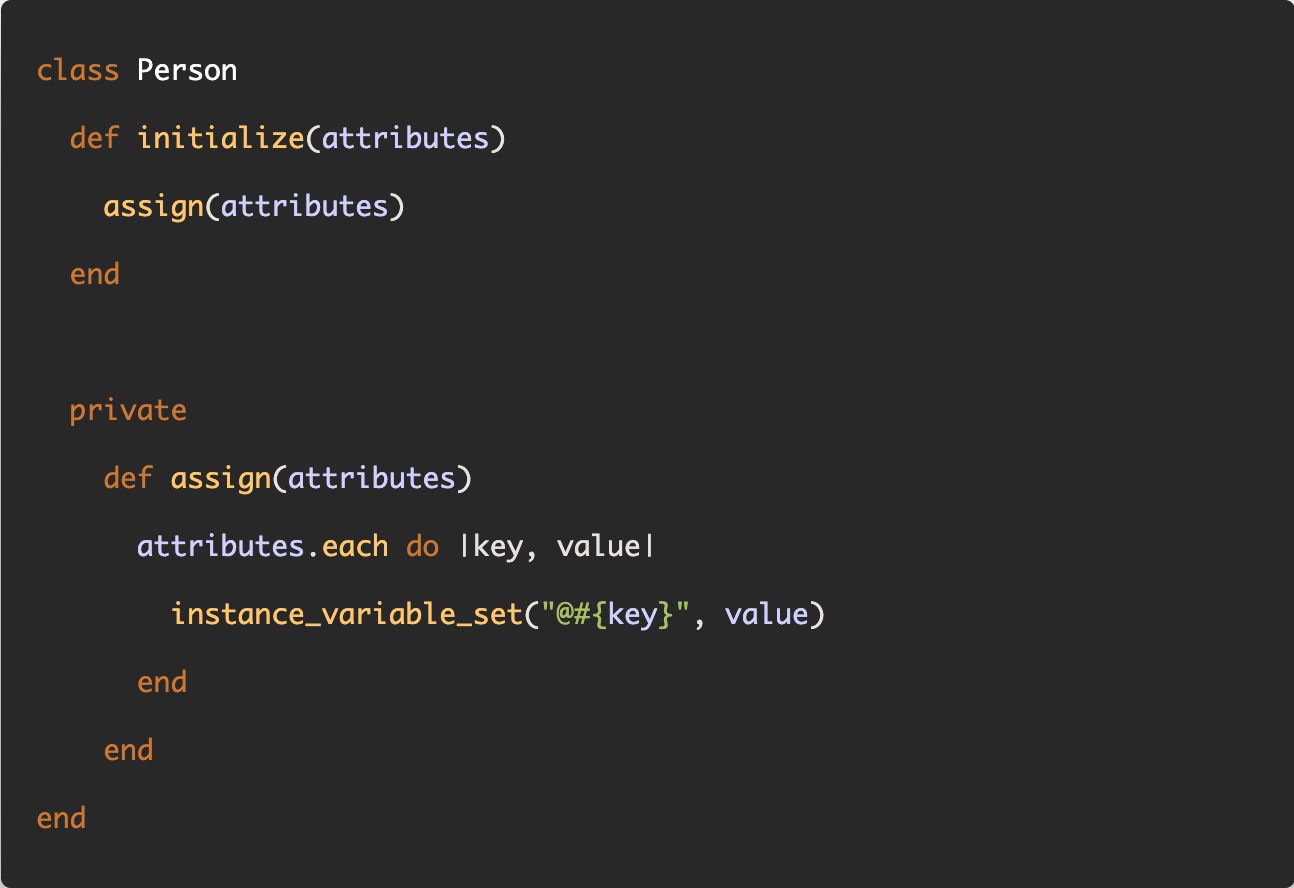
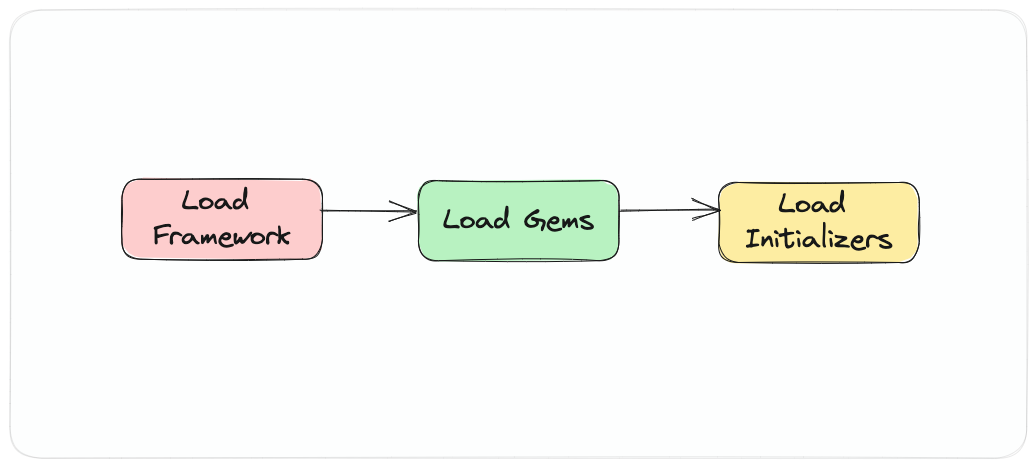
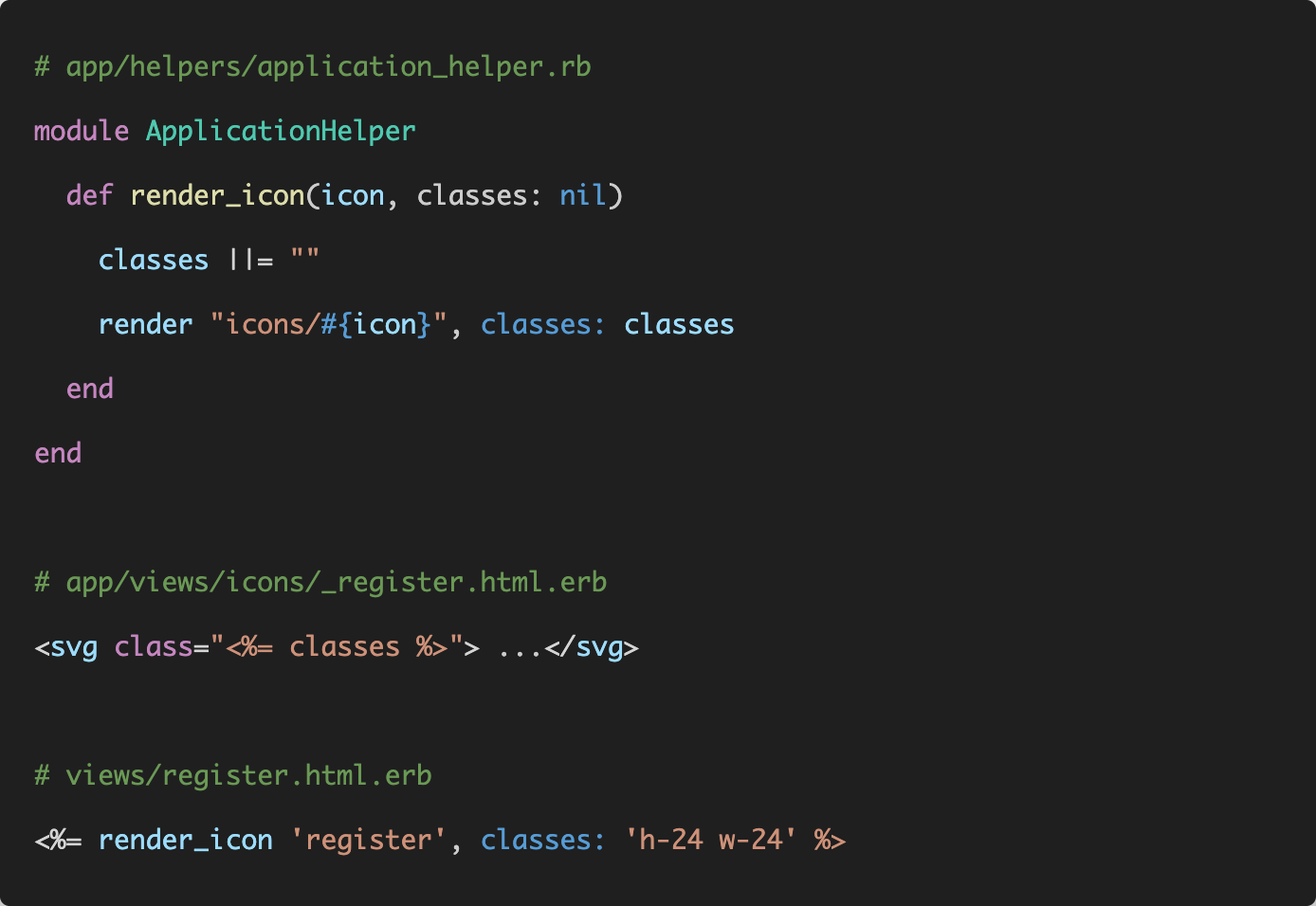
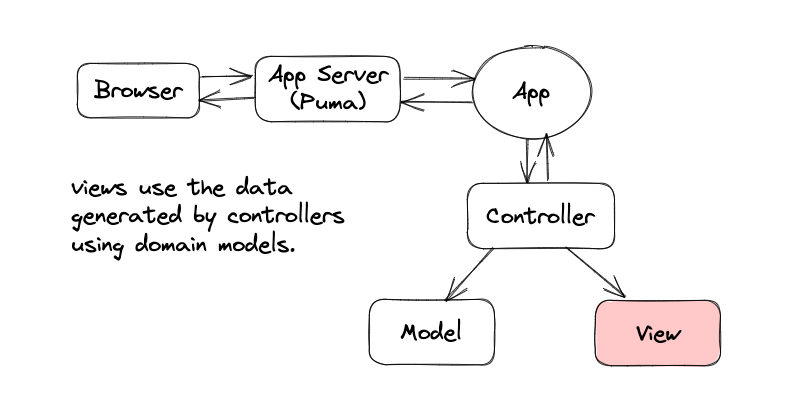
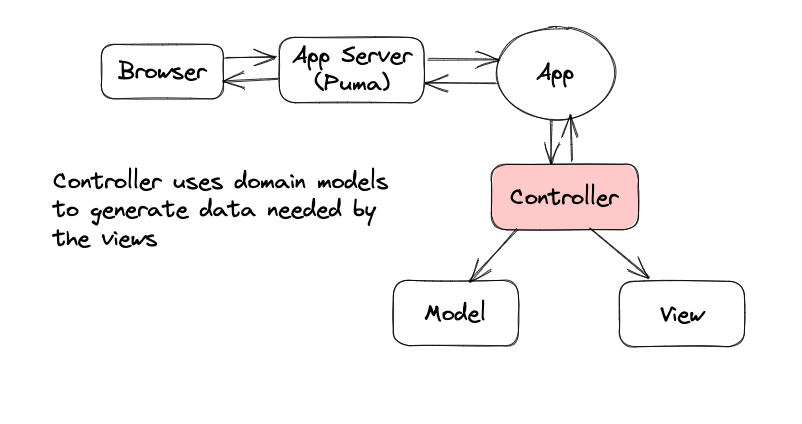


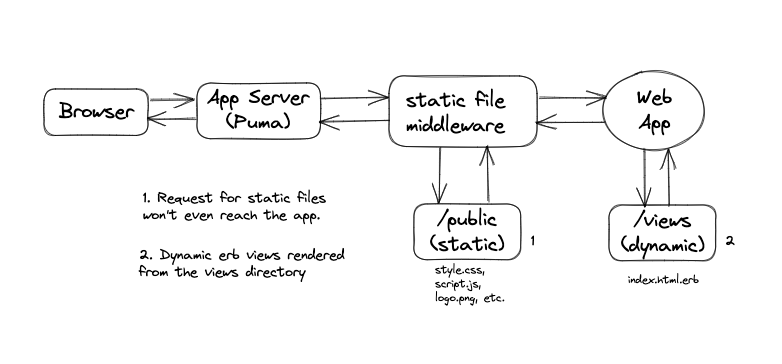

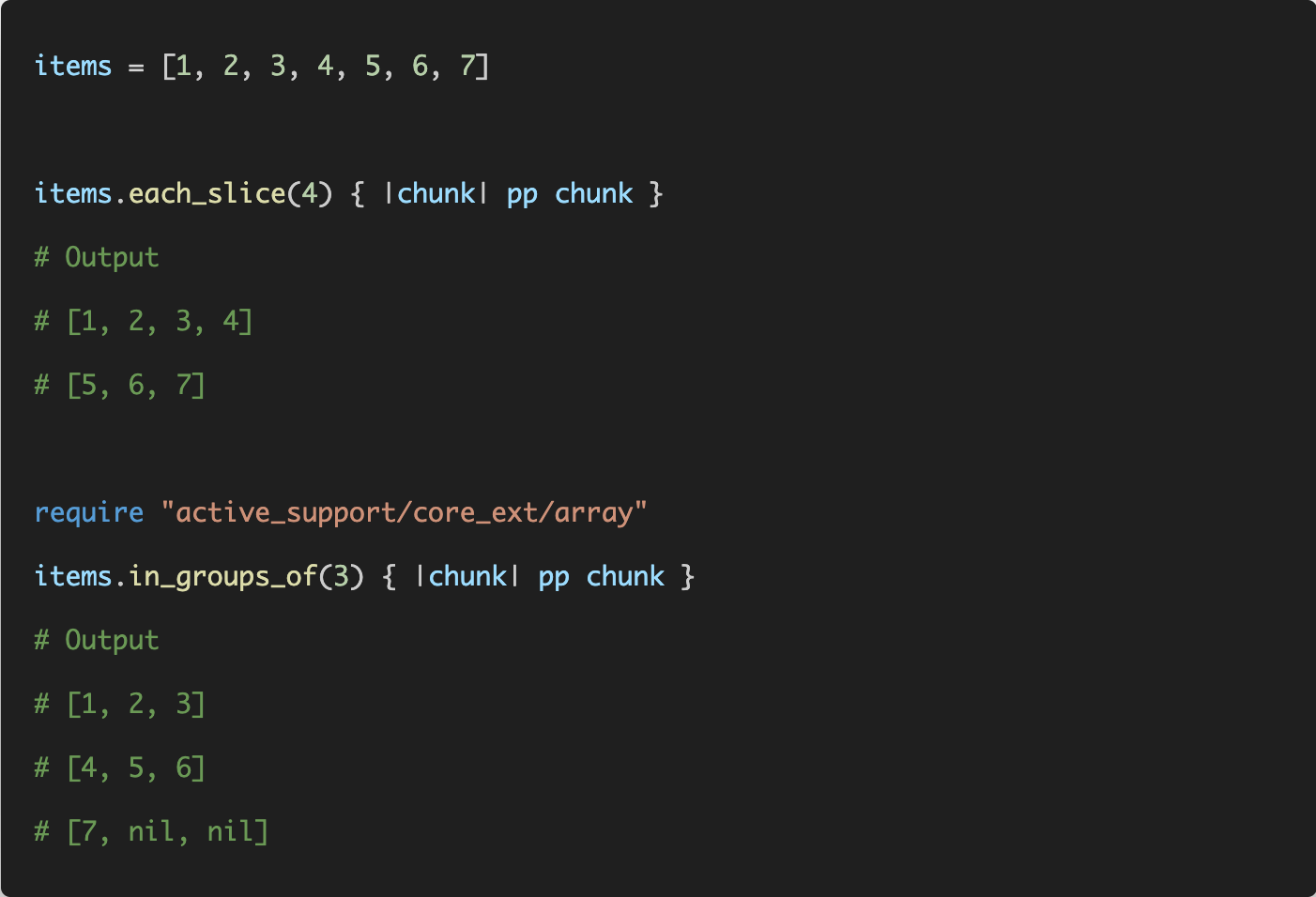
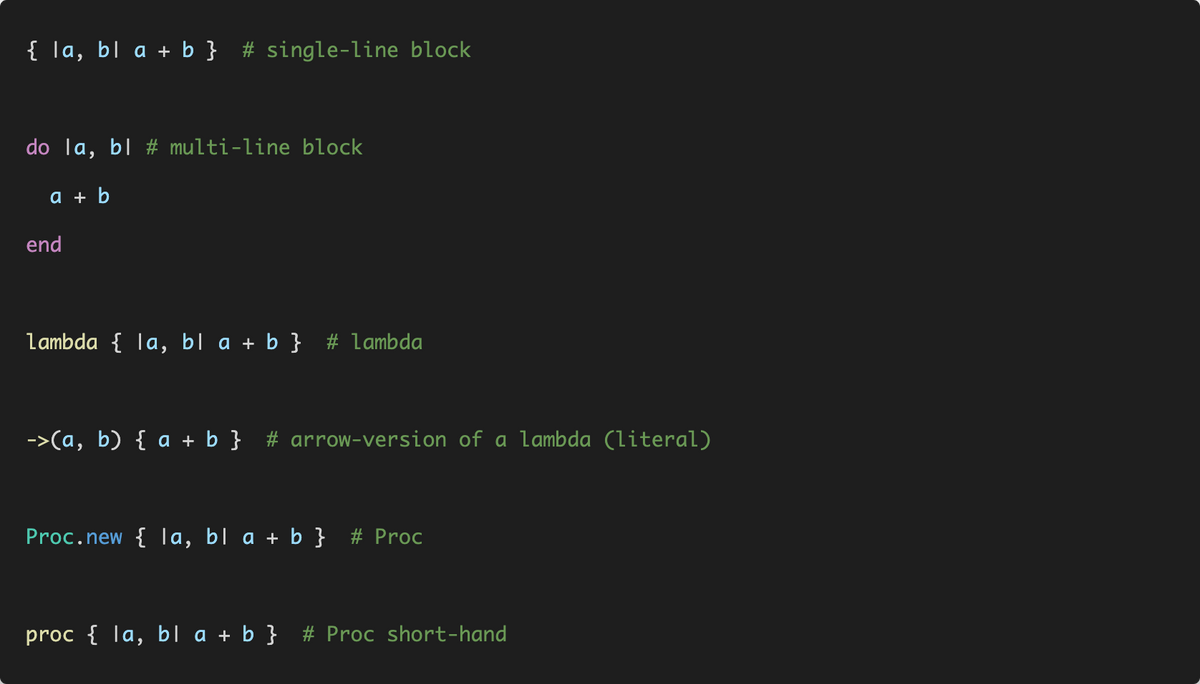
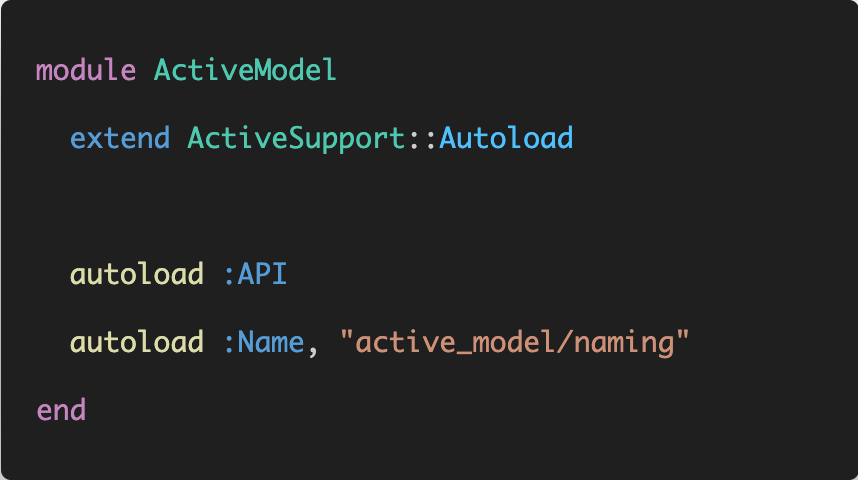
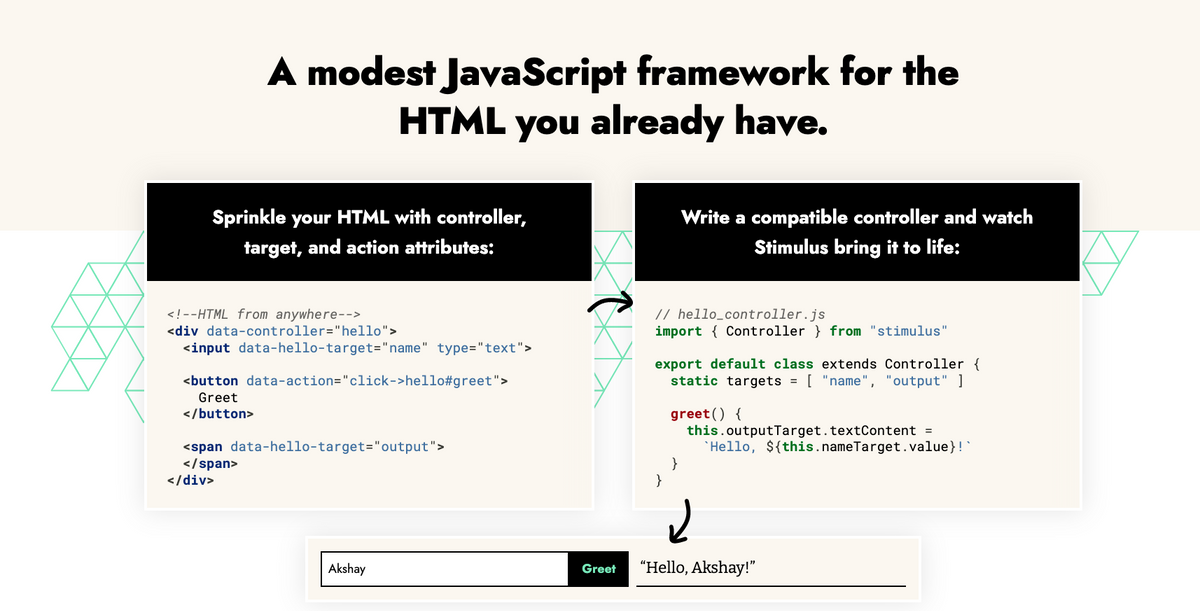
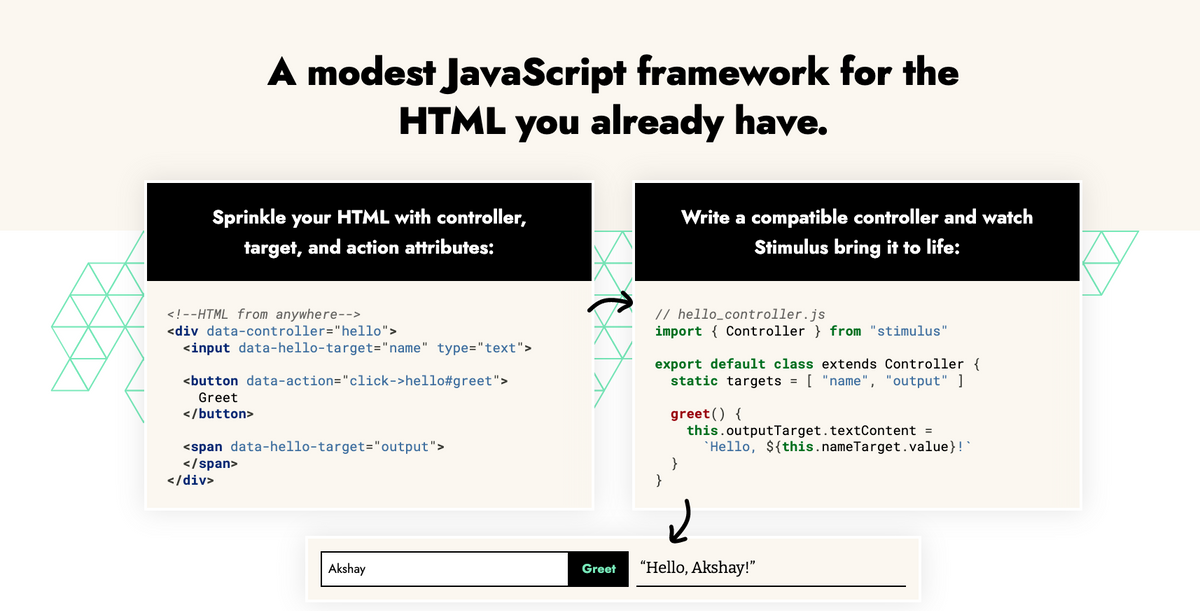


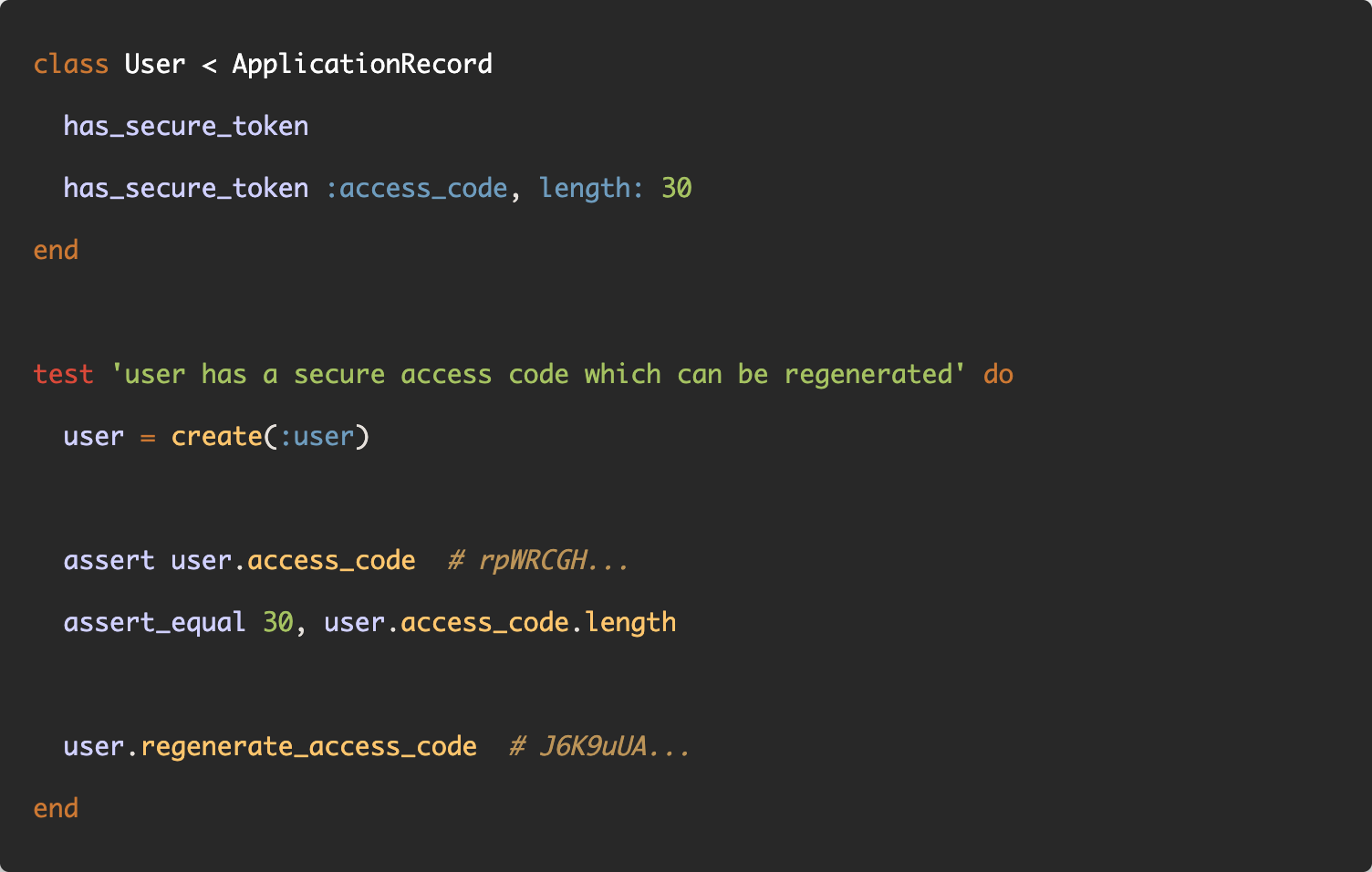

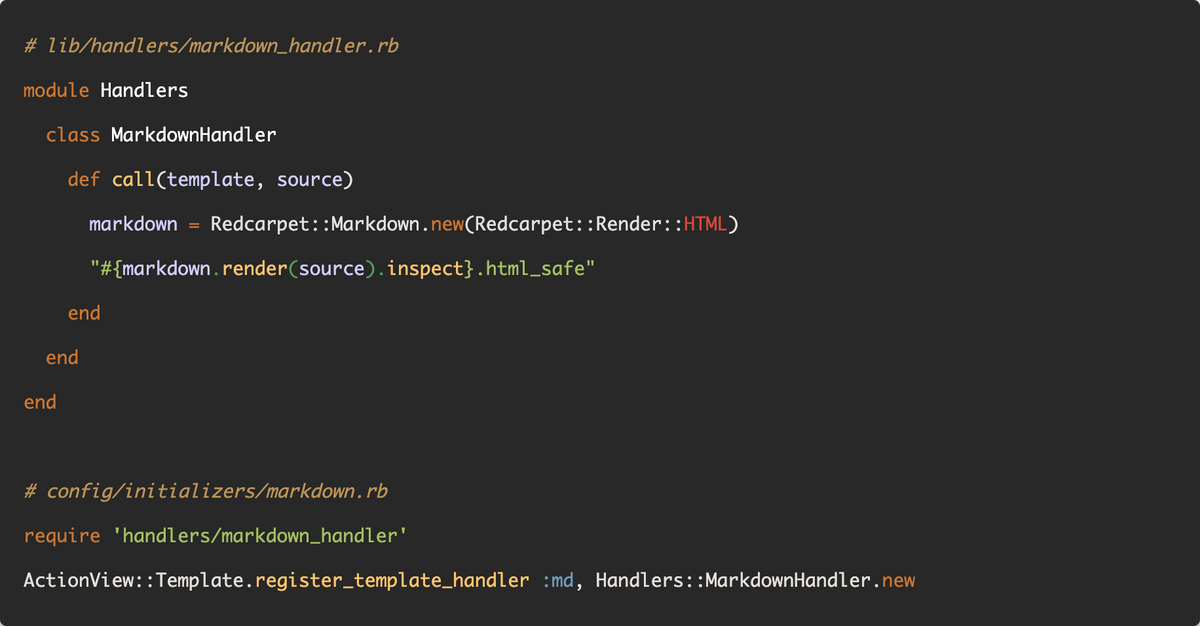
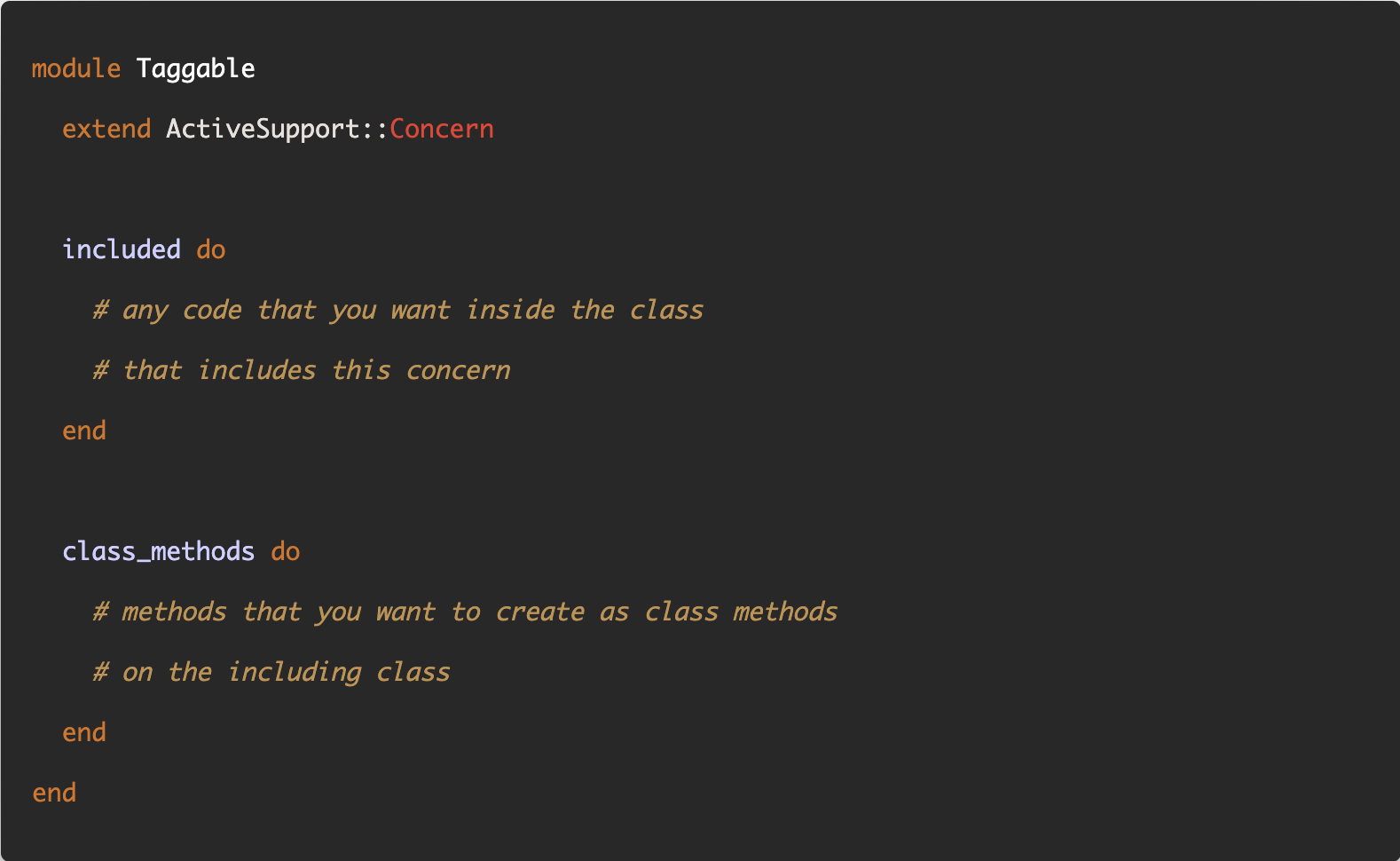
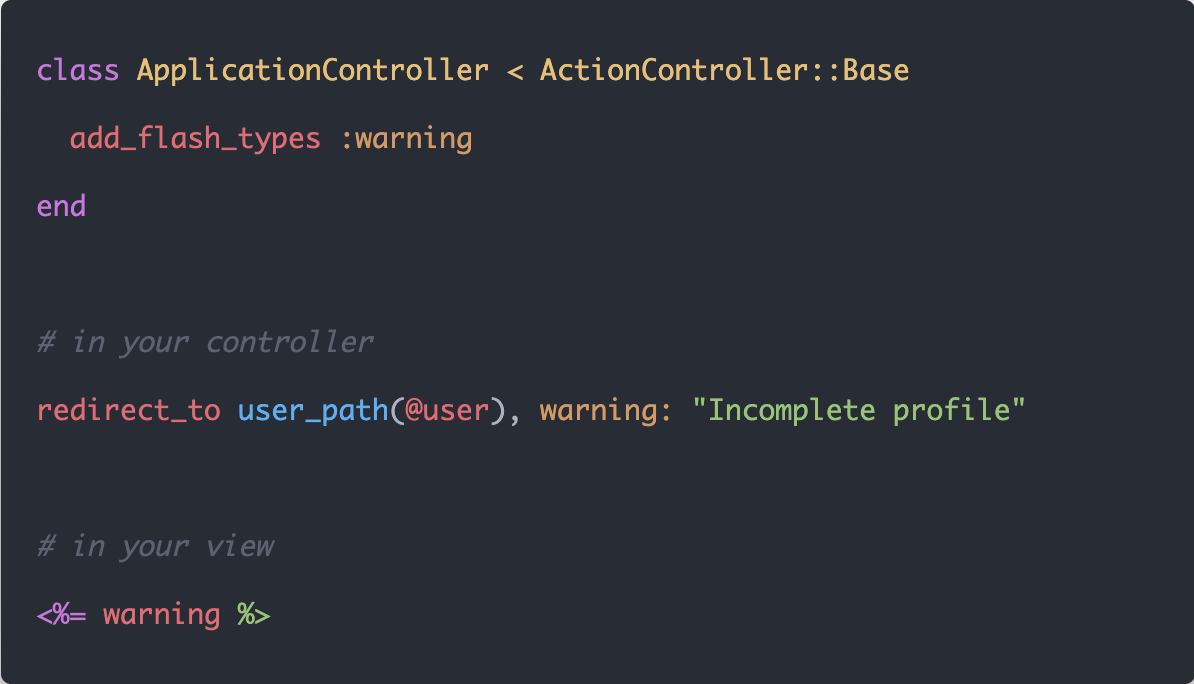



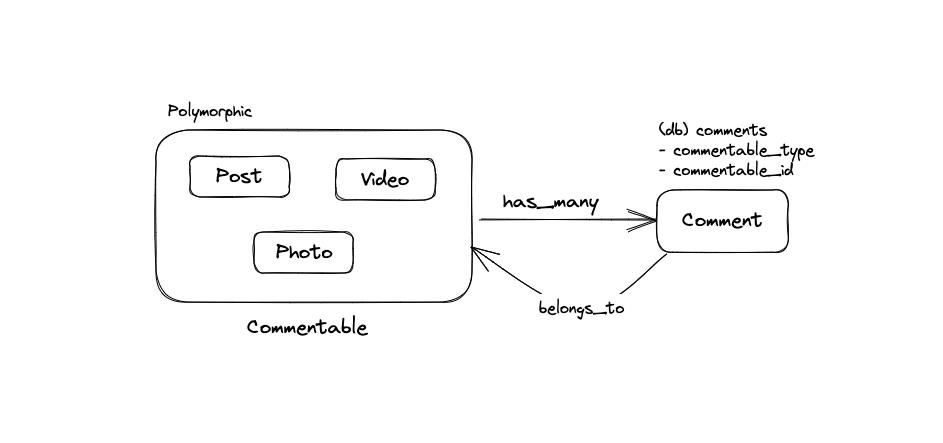

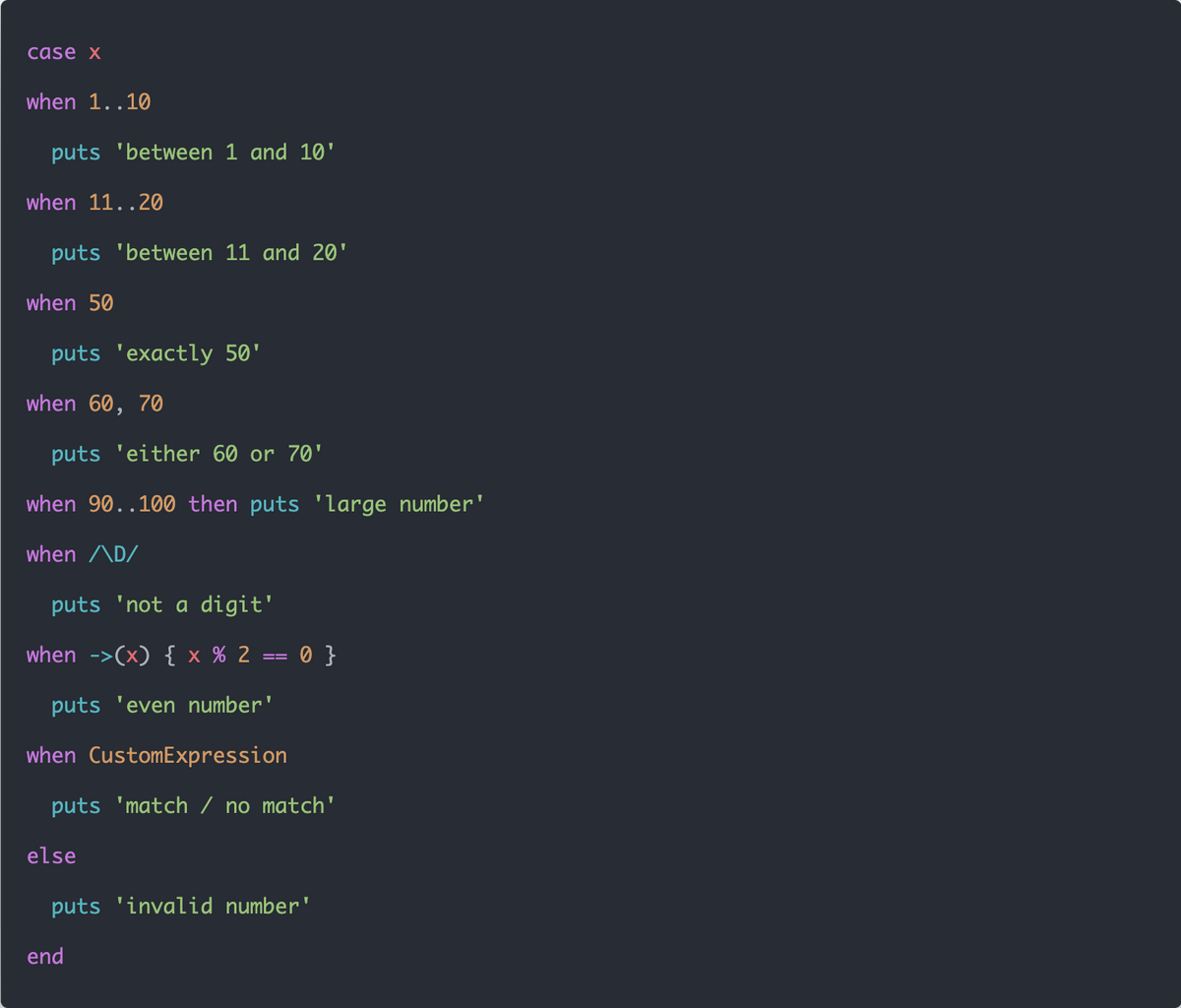
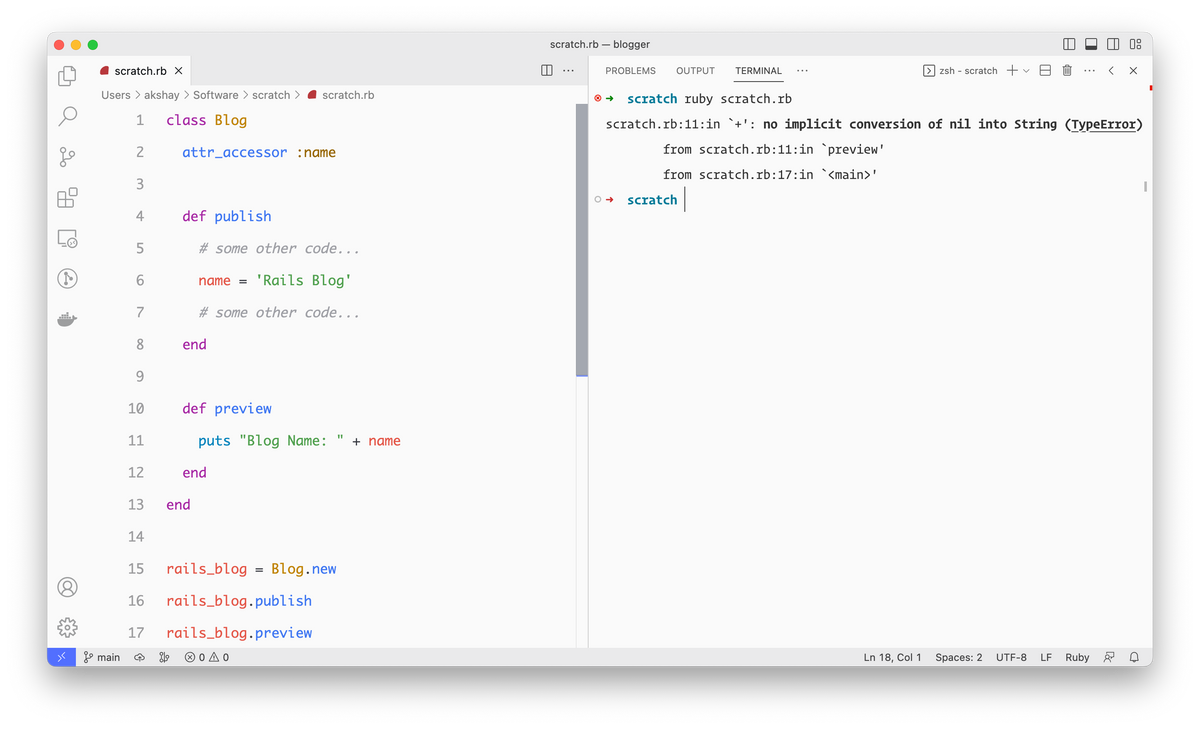
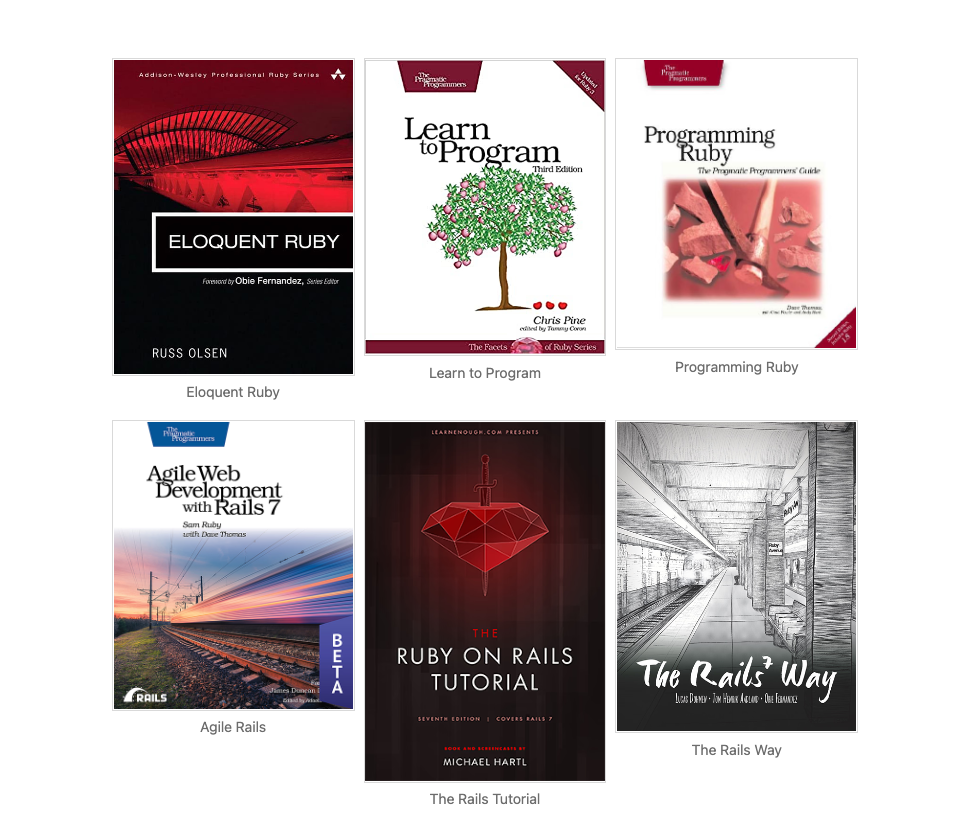
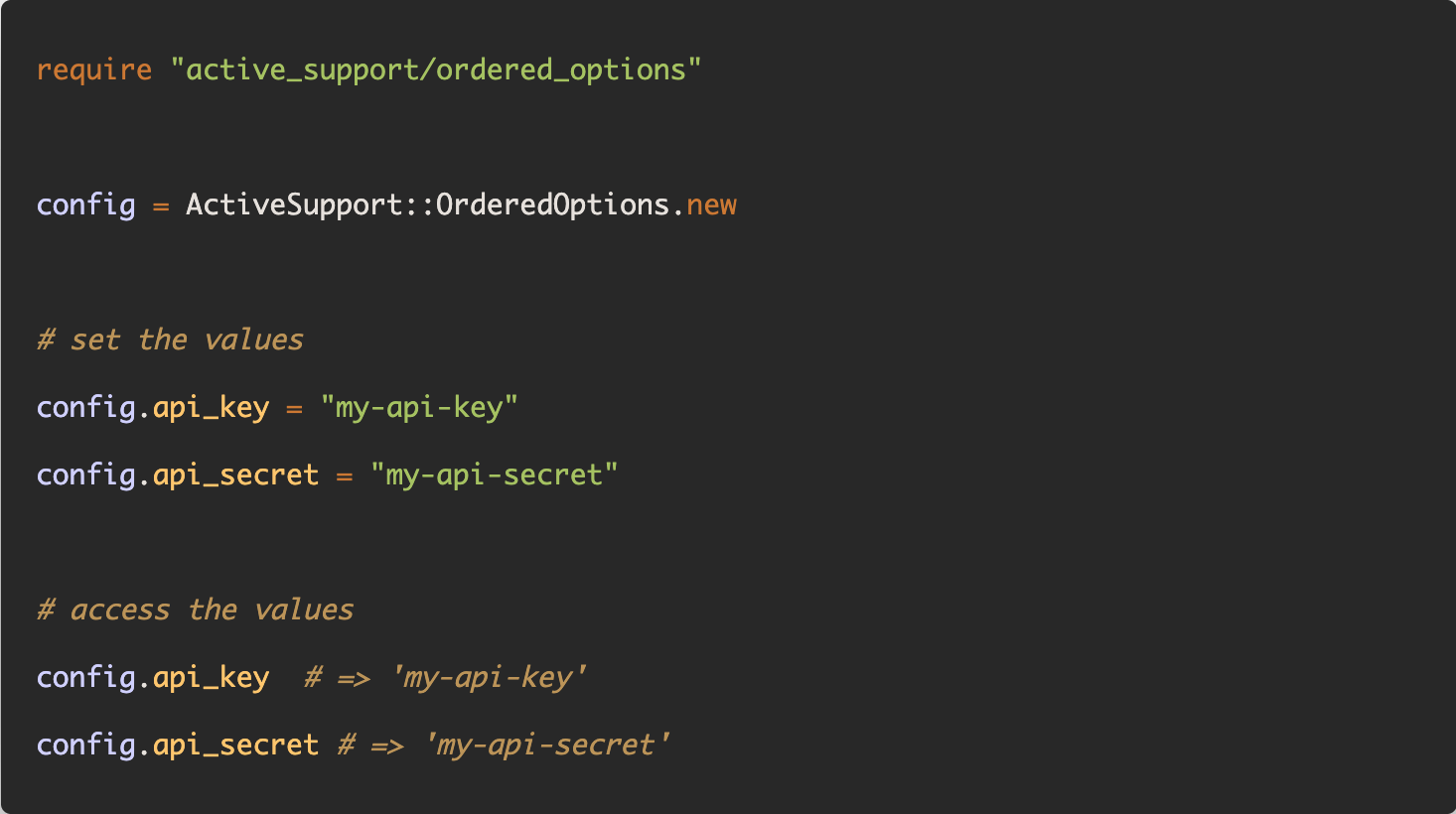




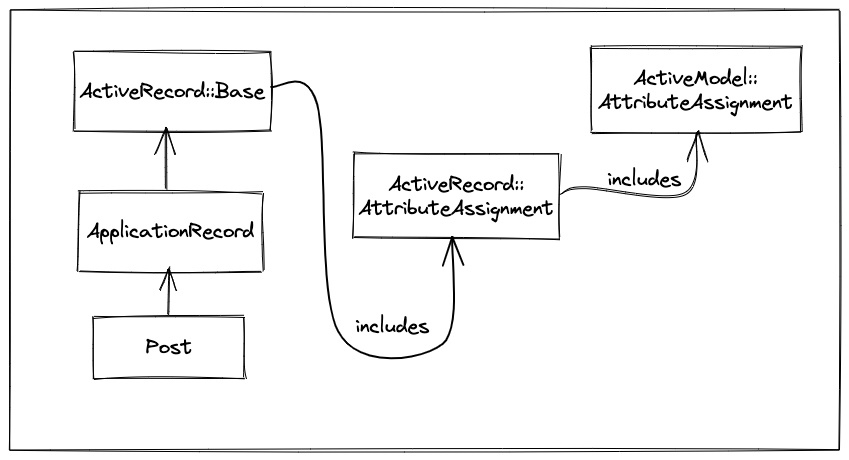
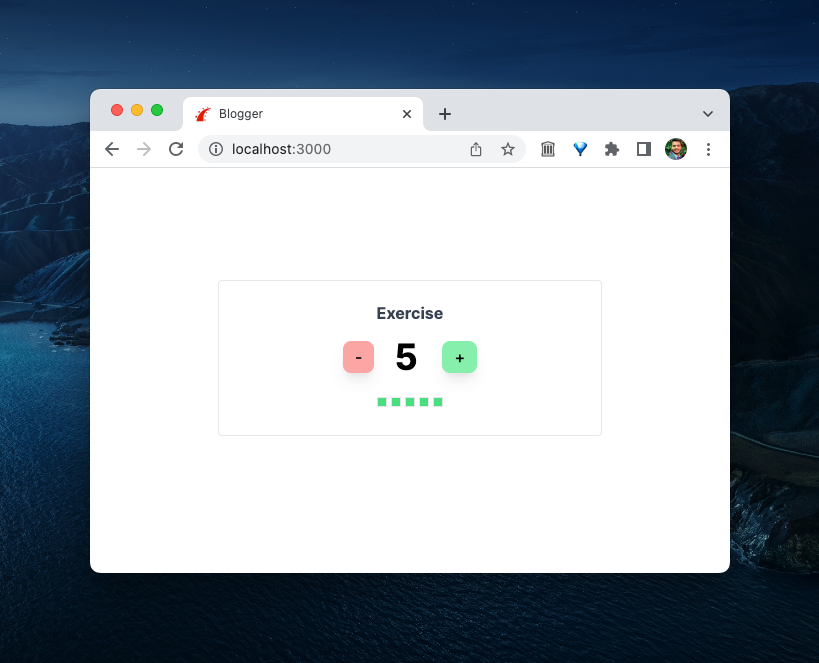
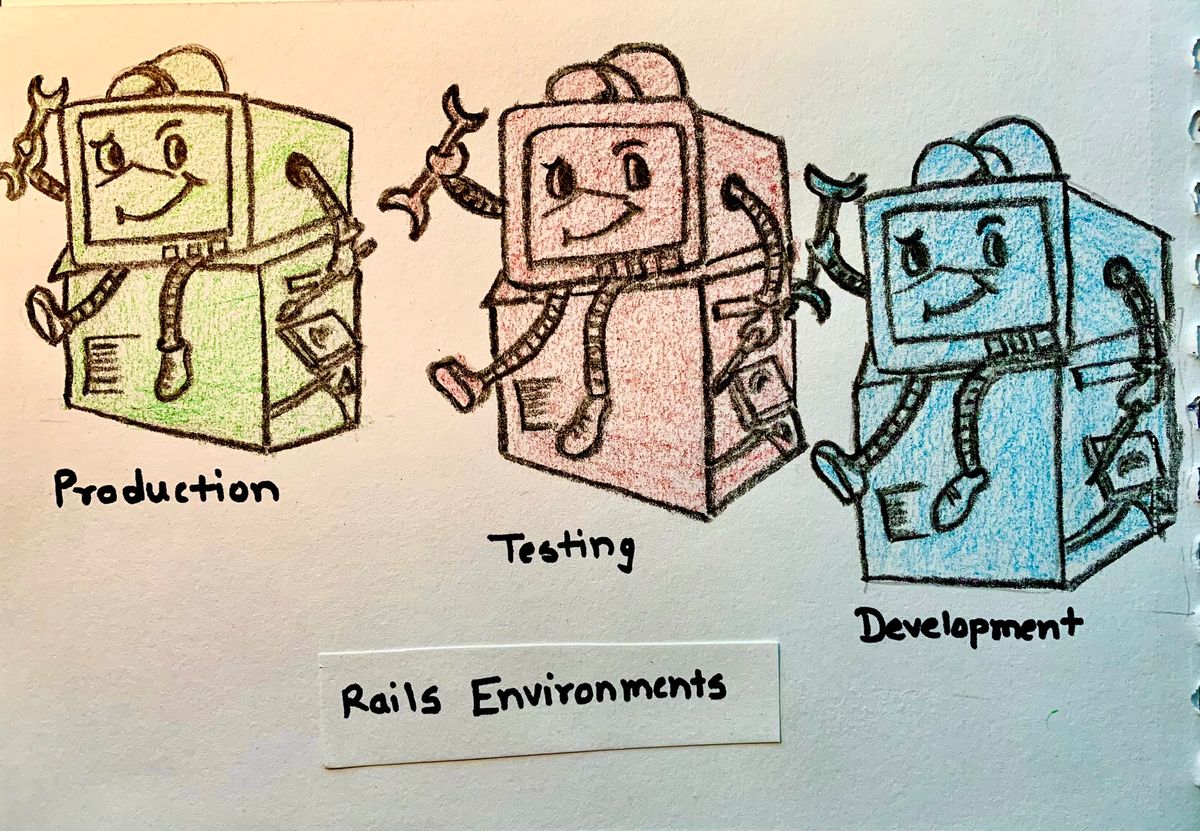
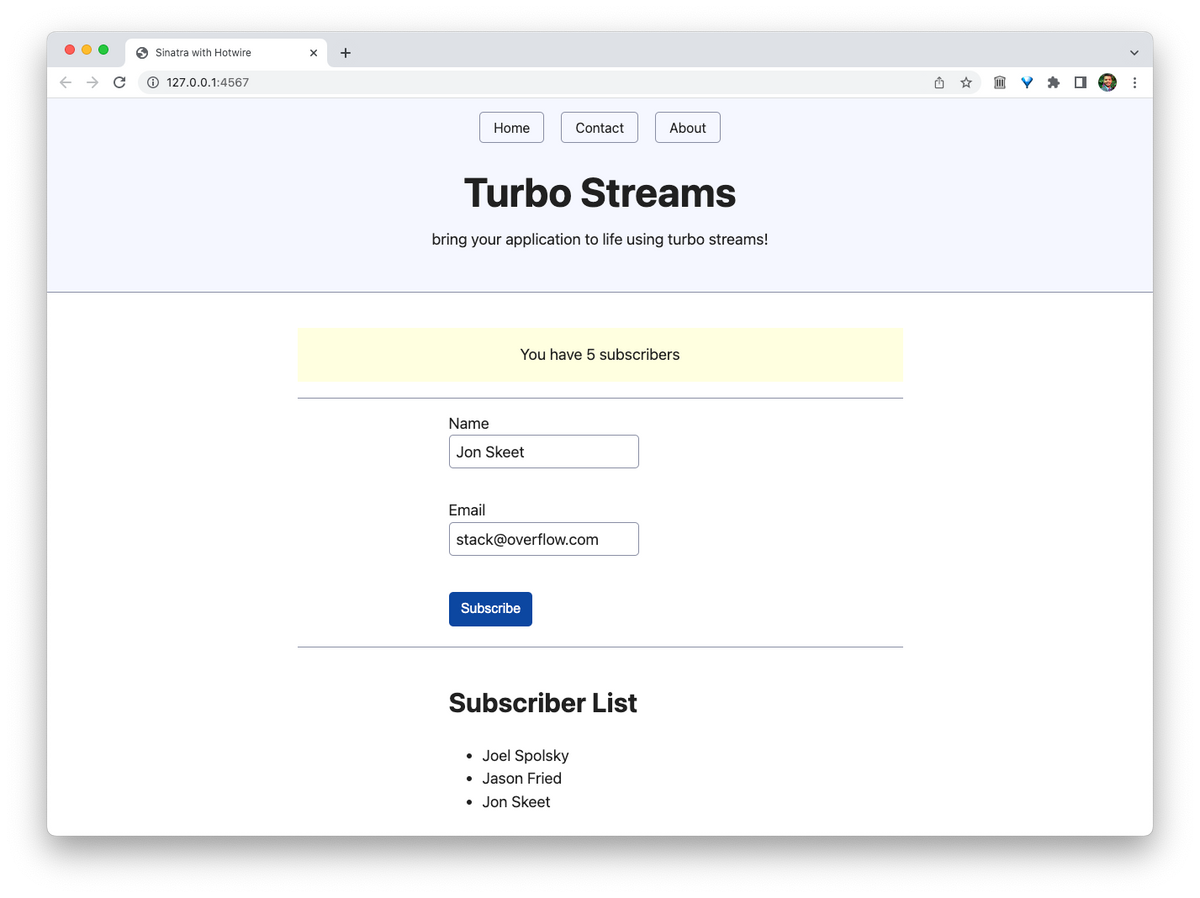

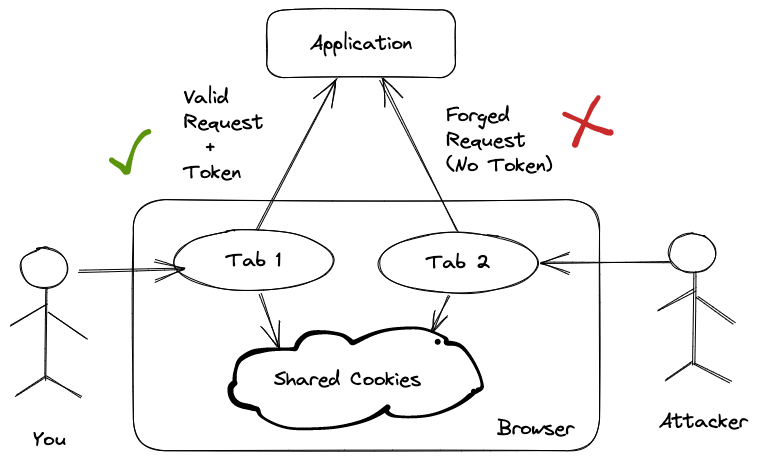
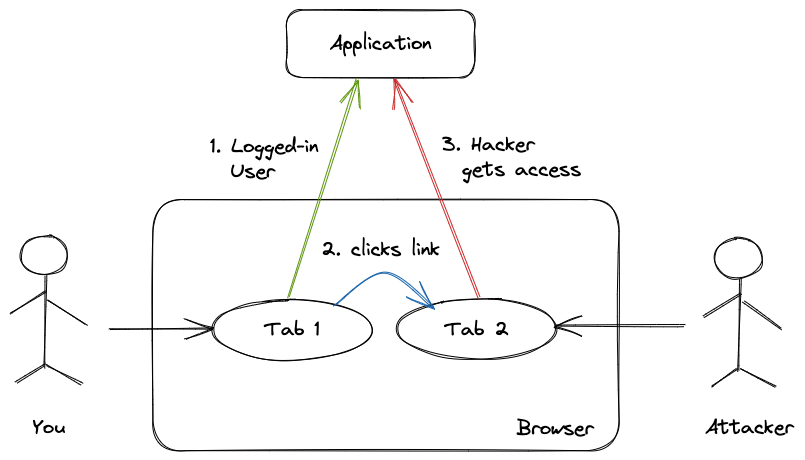
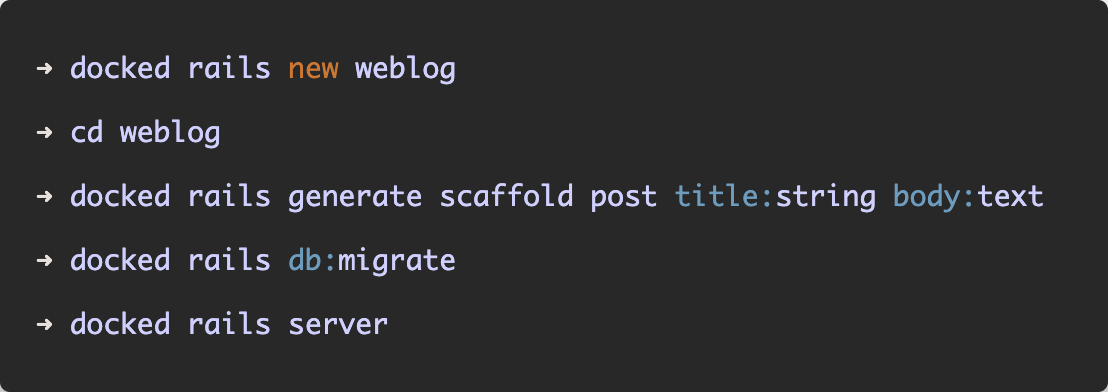

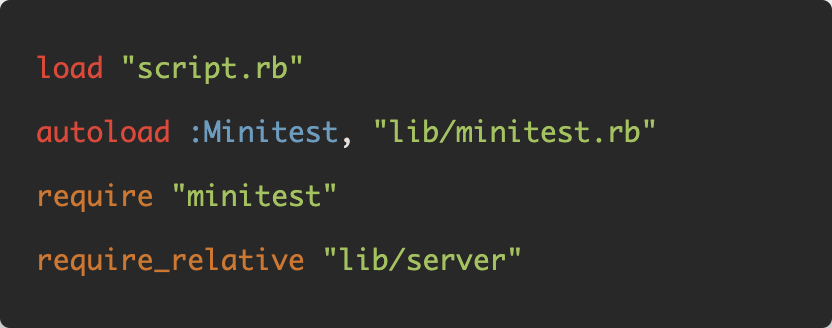

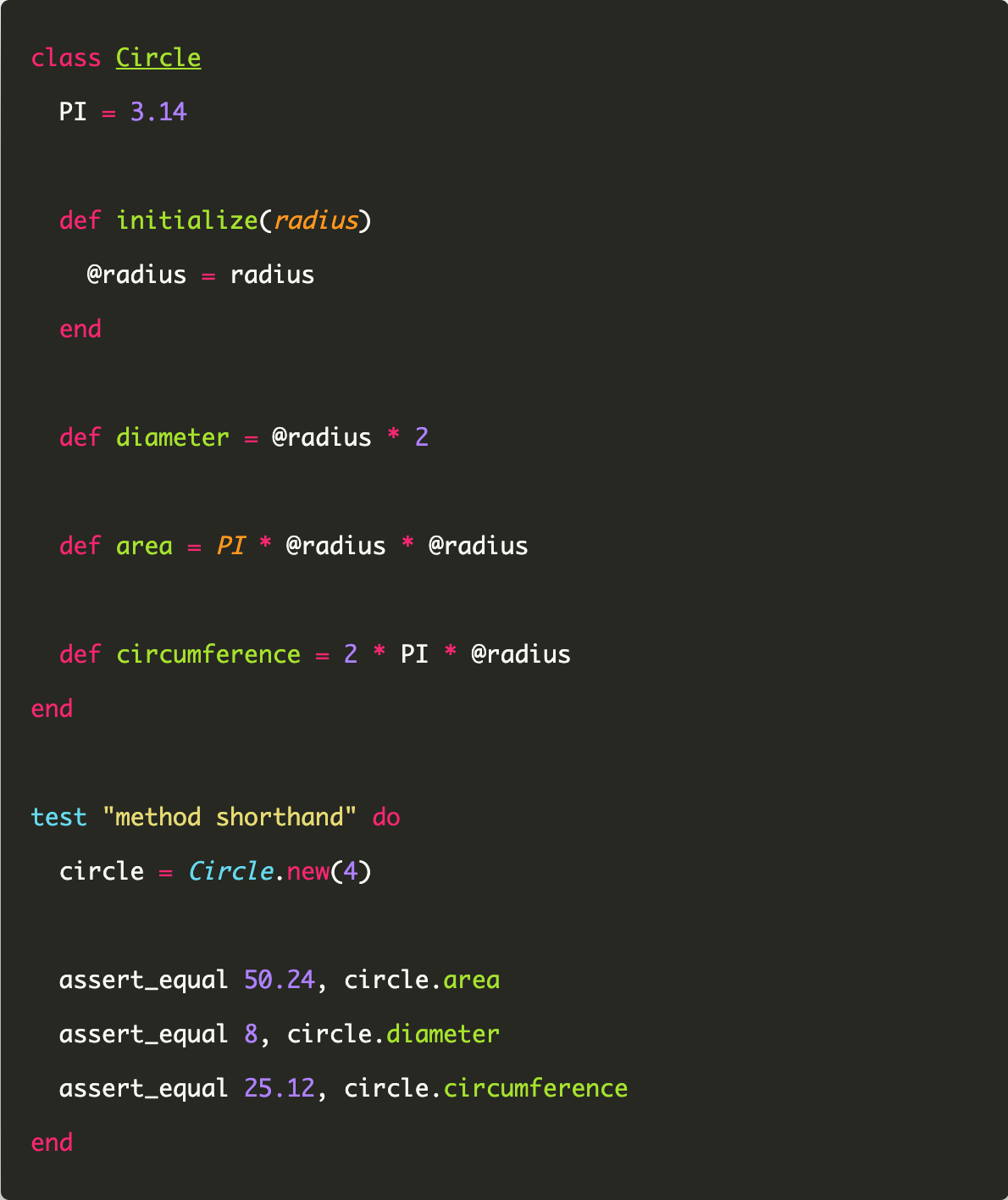



That's a wrap. I hope you've found my blog helpful and you've learned something new from it.
As always, if you have any questions or feedback, didn't understand something, or found a mistake, please leave a comment below or send me an email. I reply to all emails I get from developers, and I look forward to hearing from you.
If you'd like to receive future articles directly in your email, please subscribe to my blog. If you're already a subscriber, thank you.


